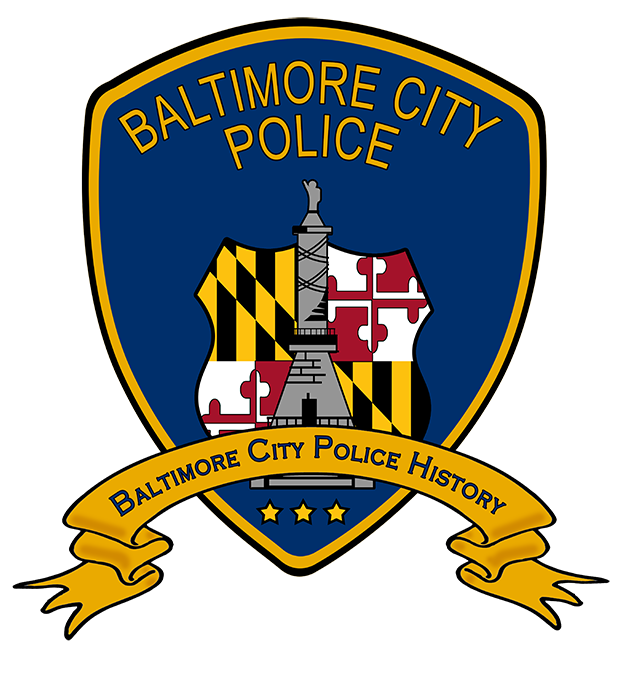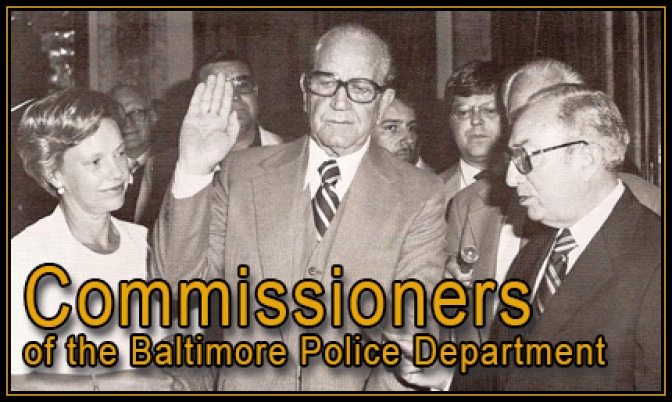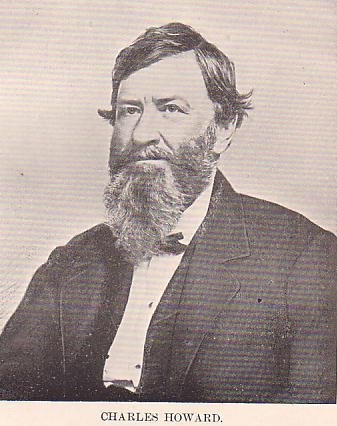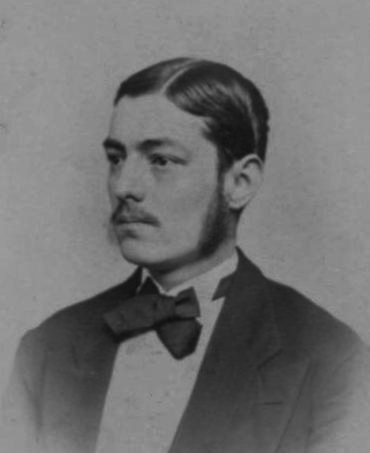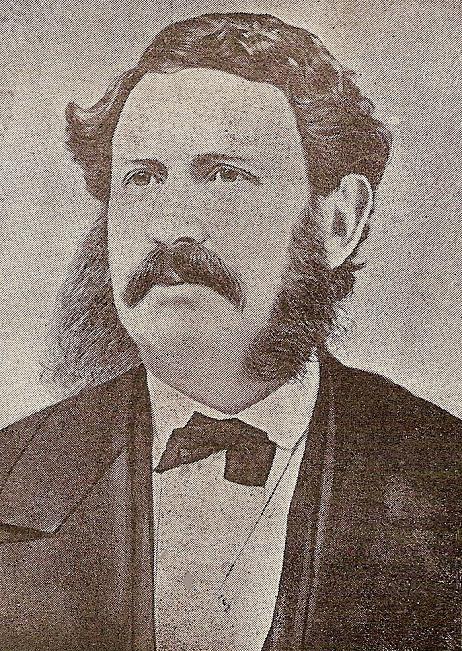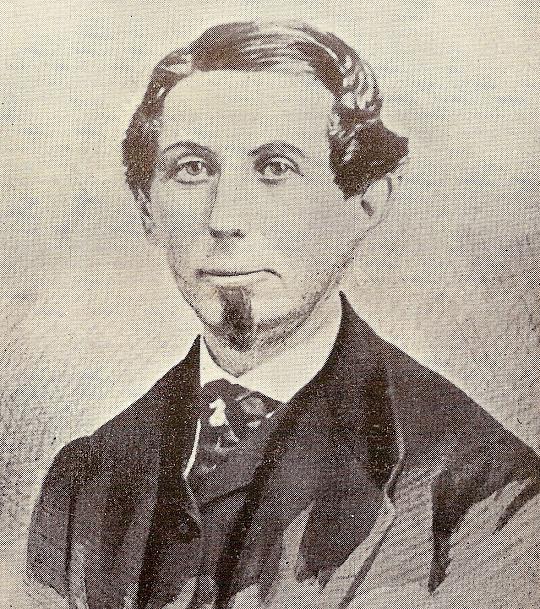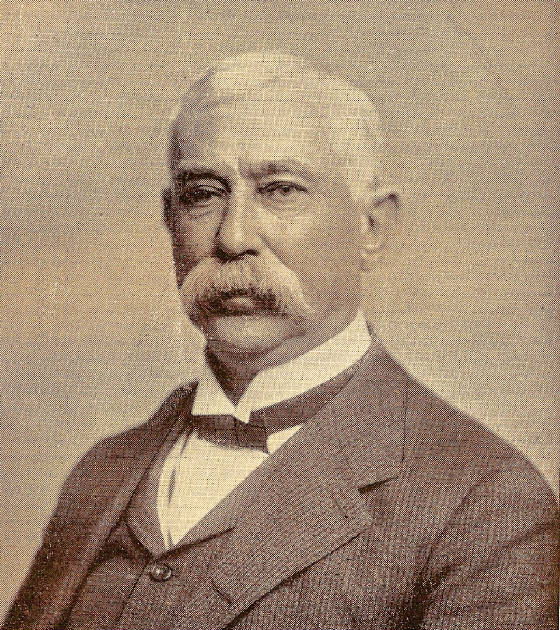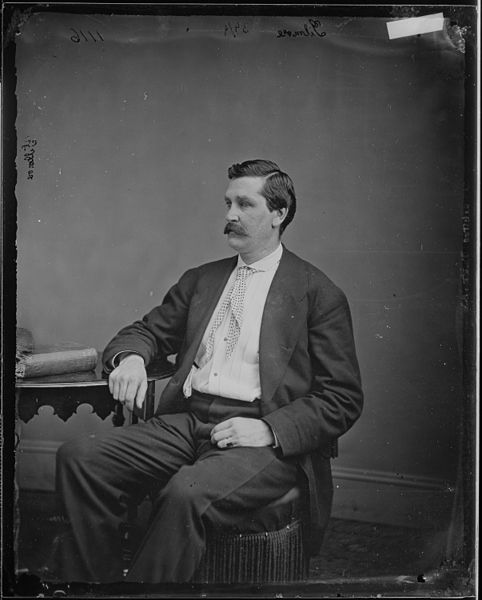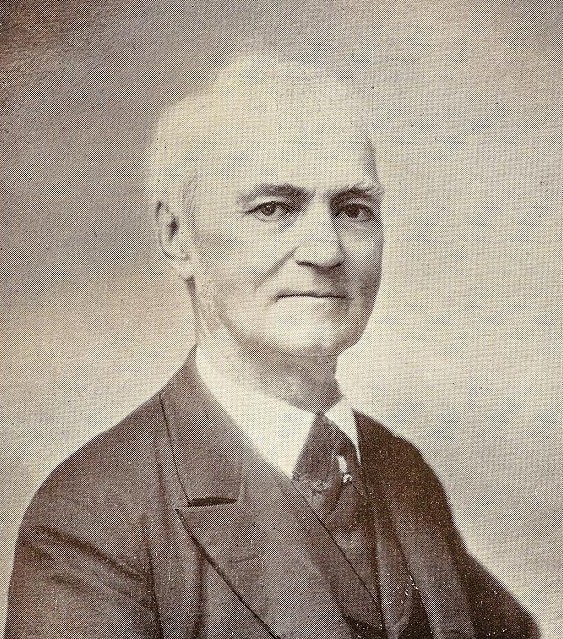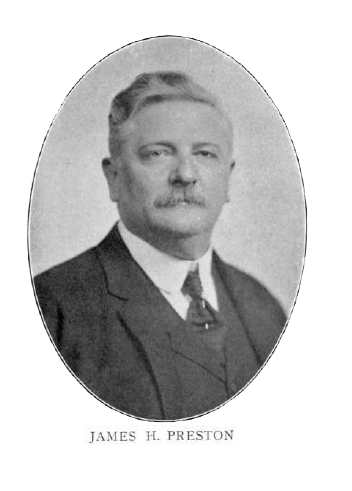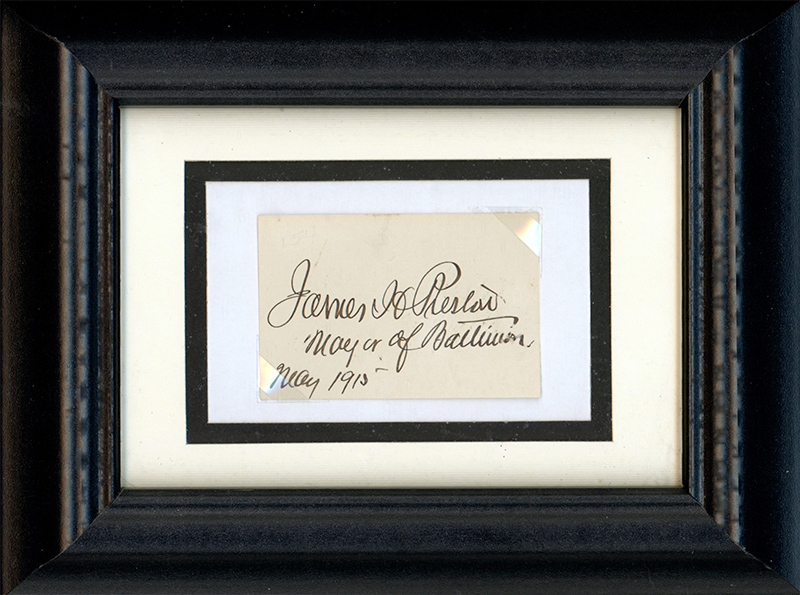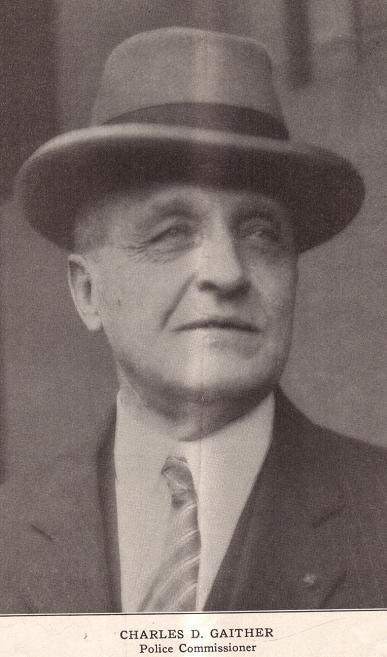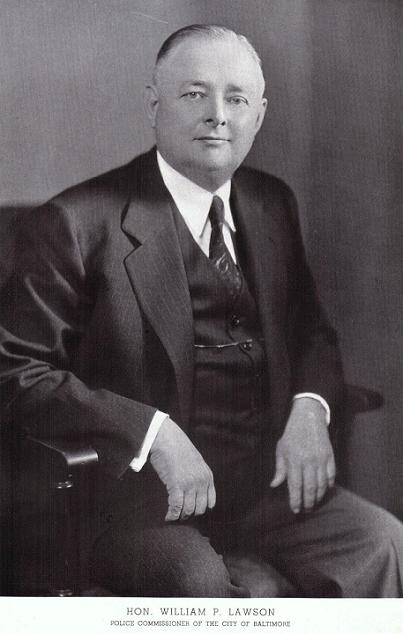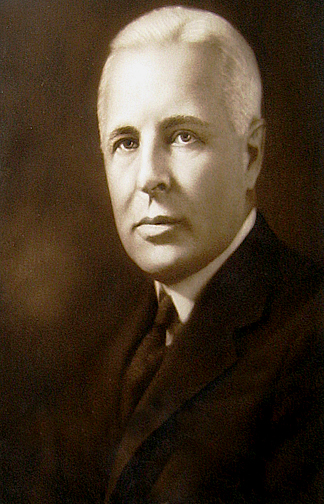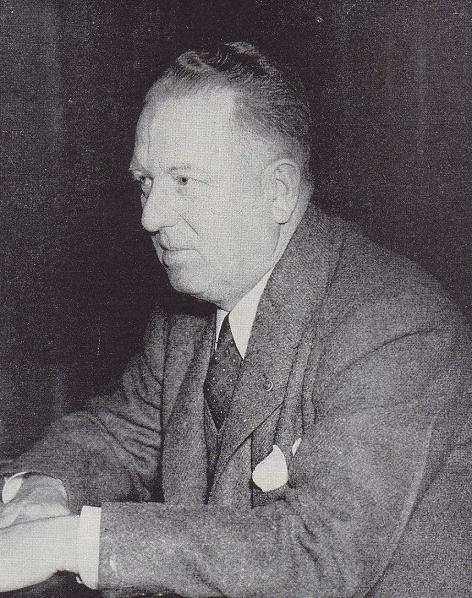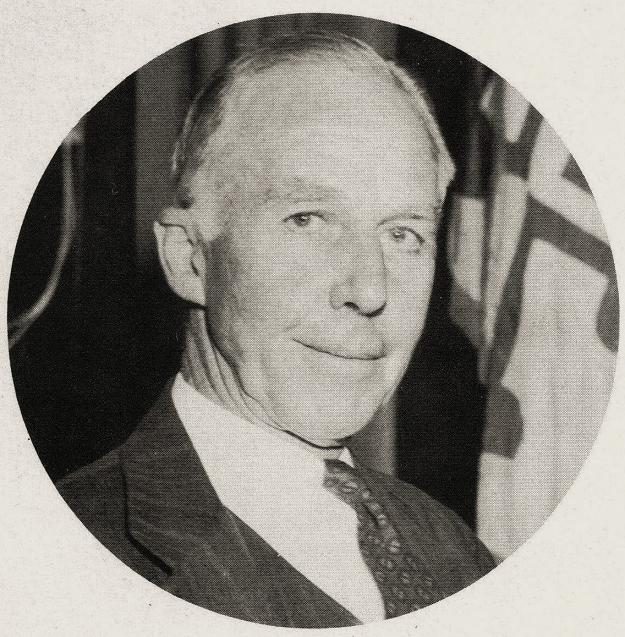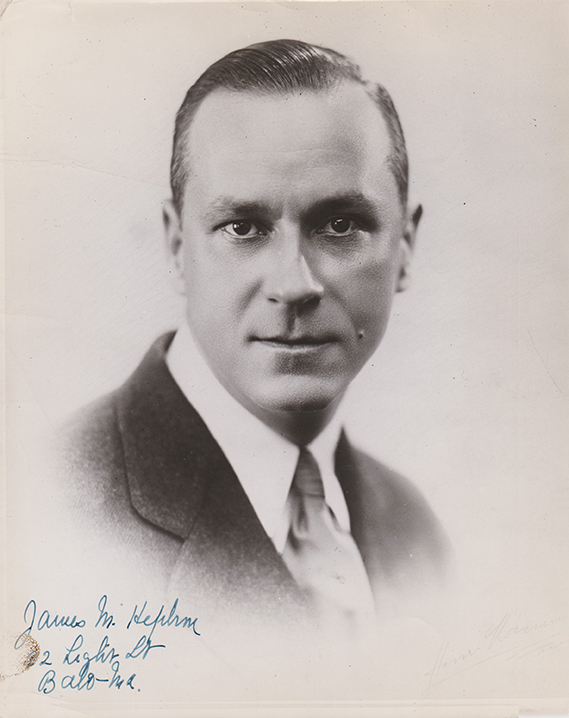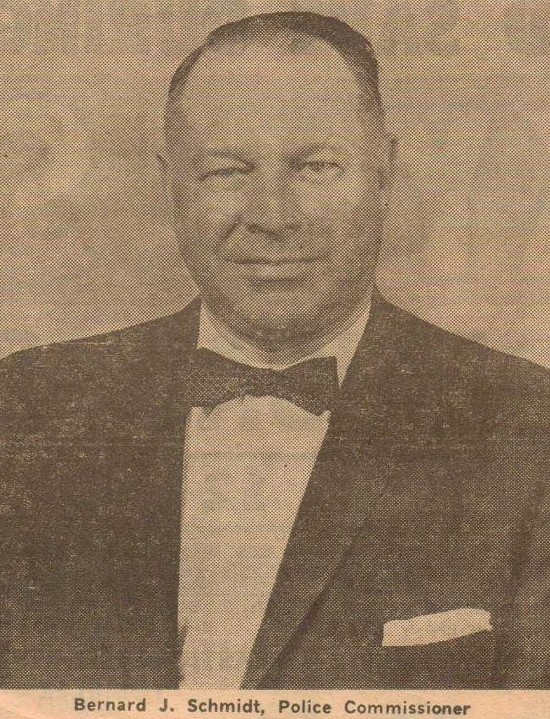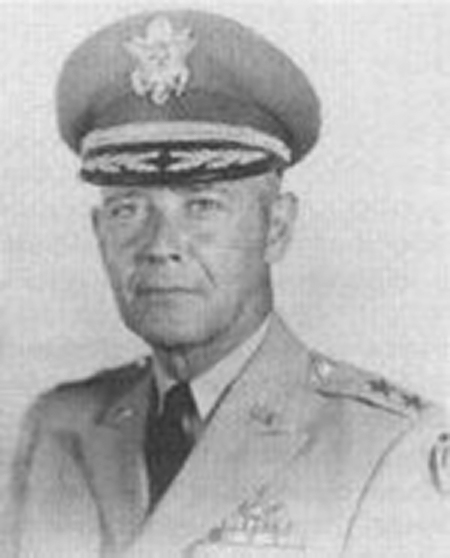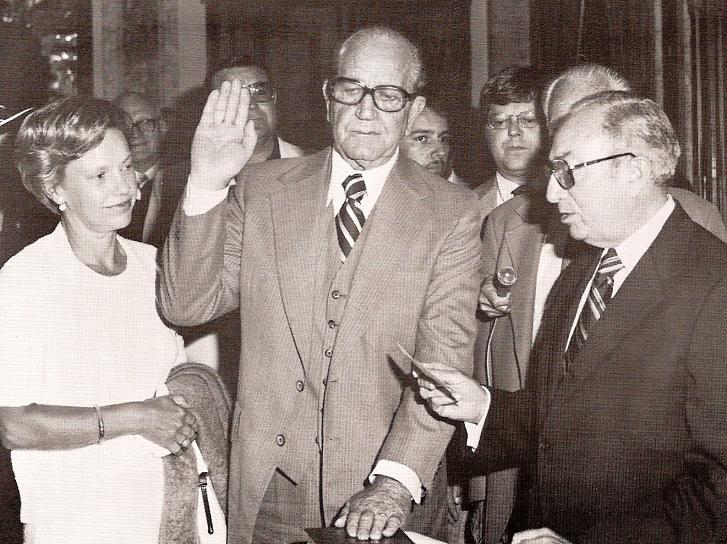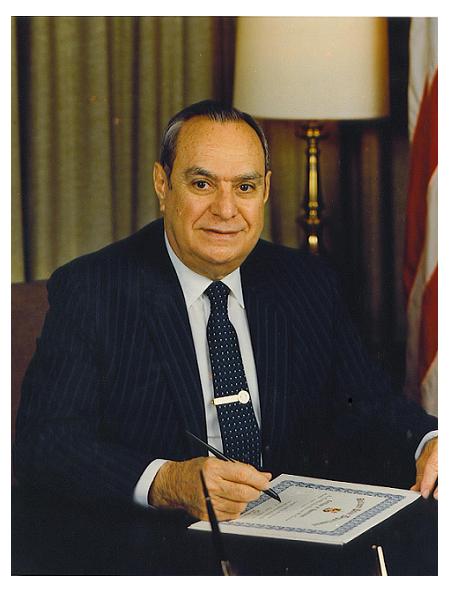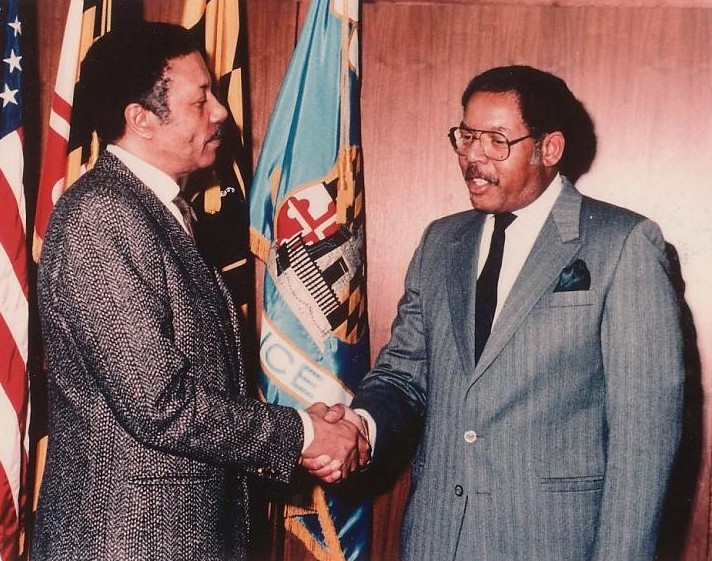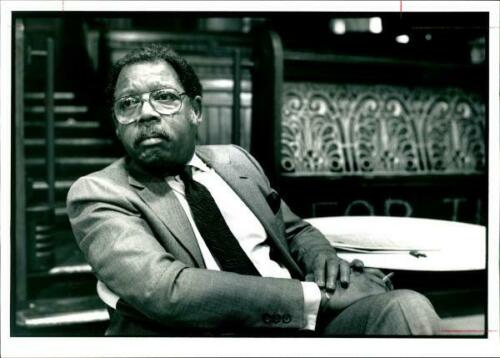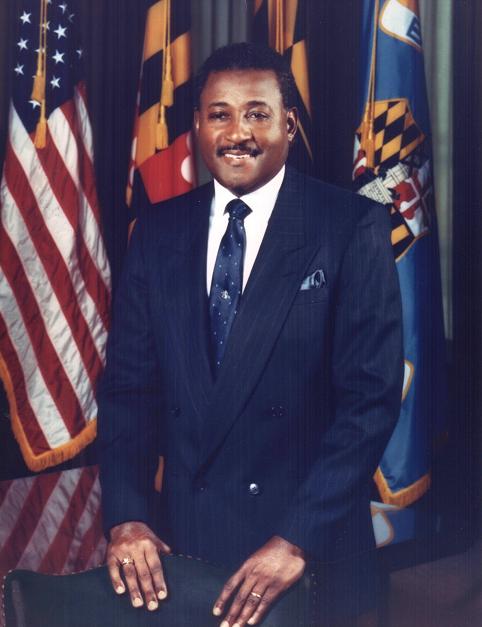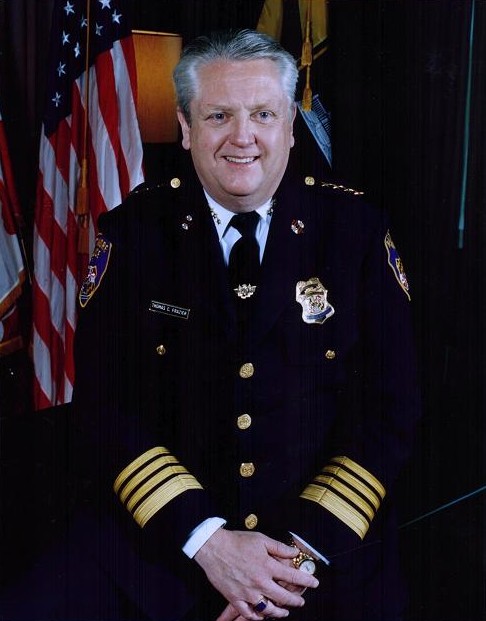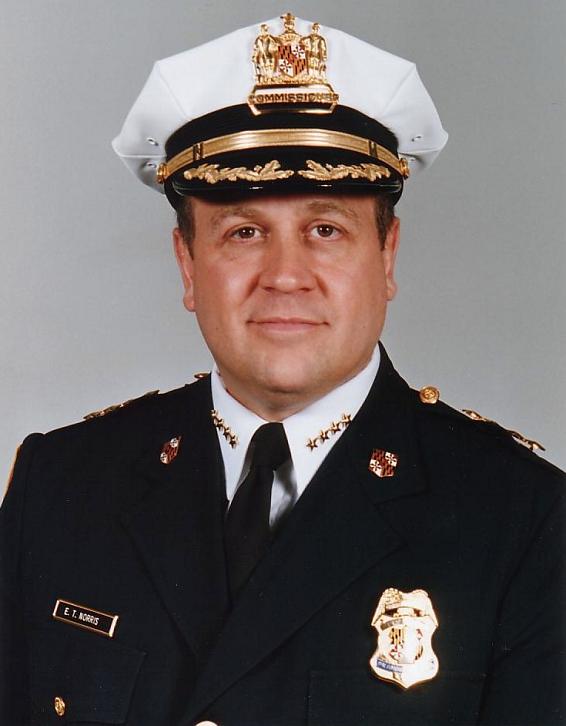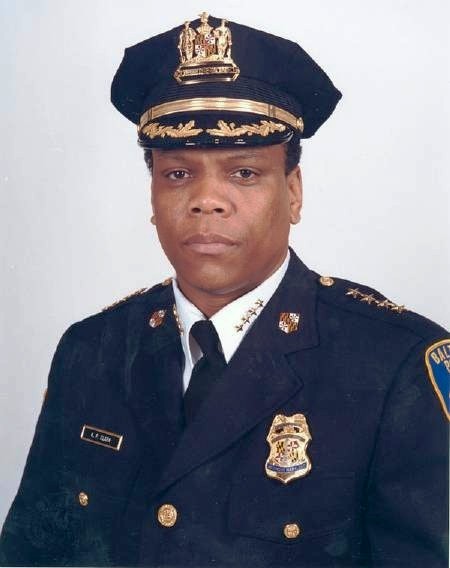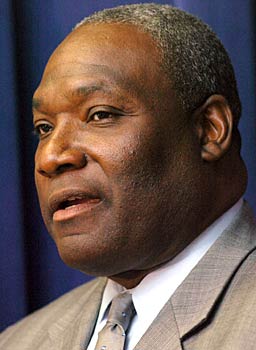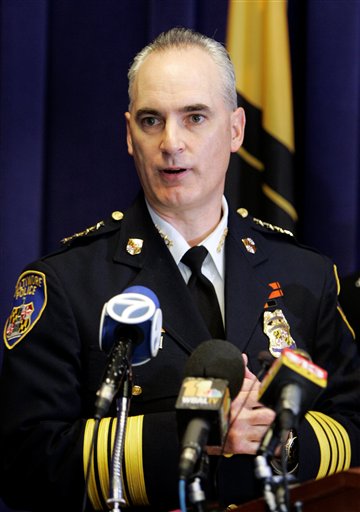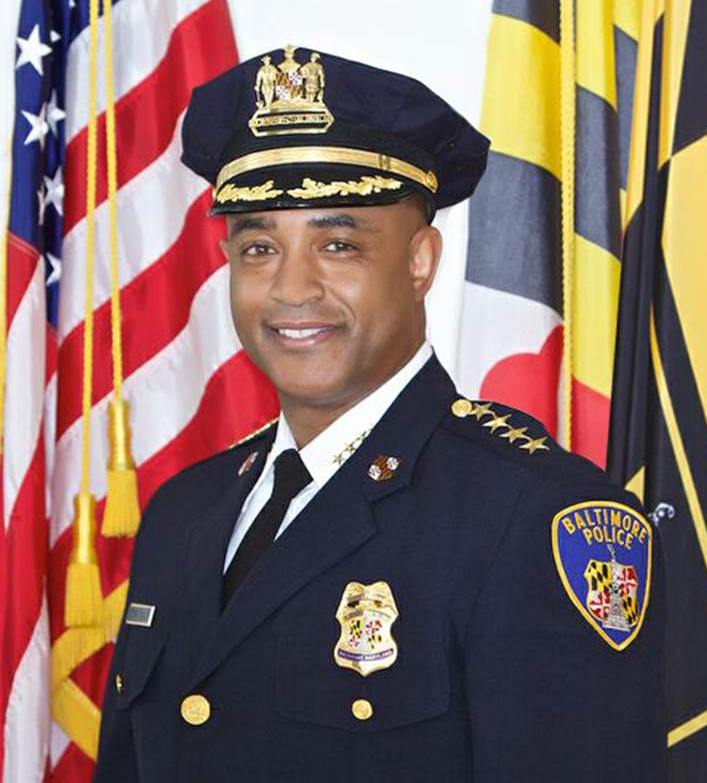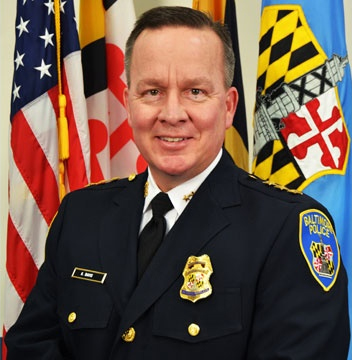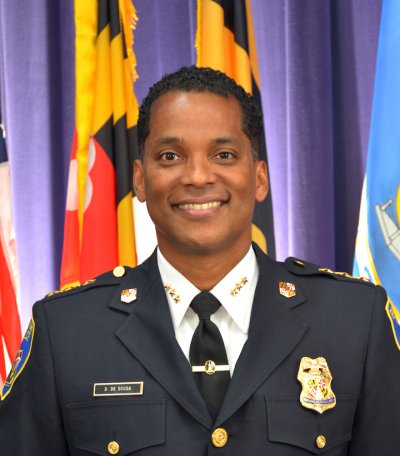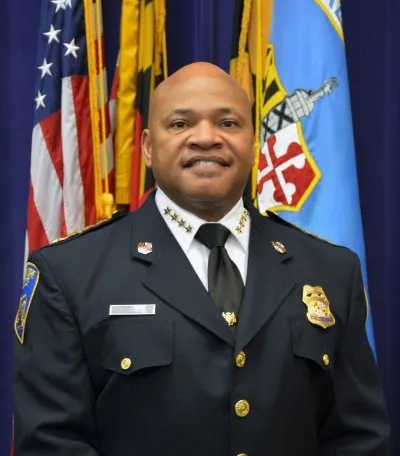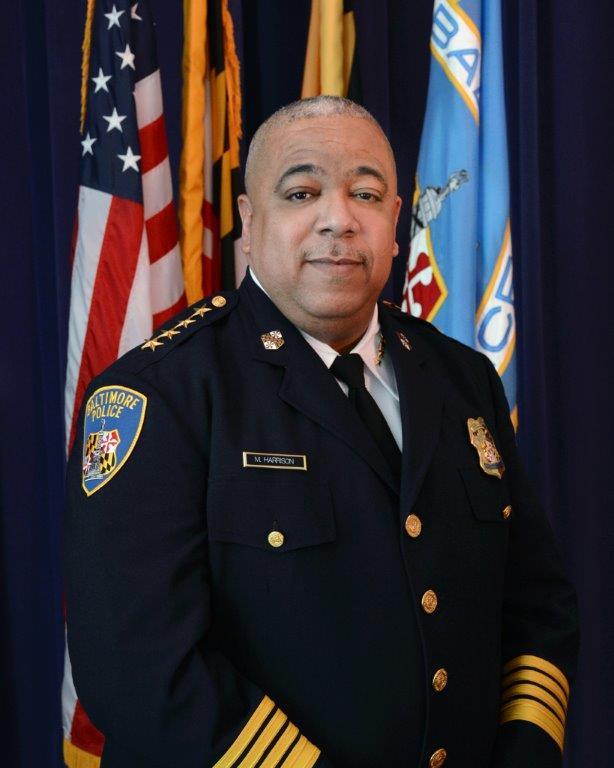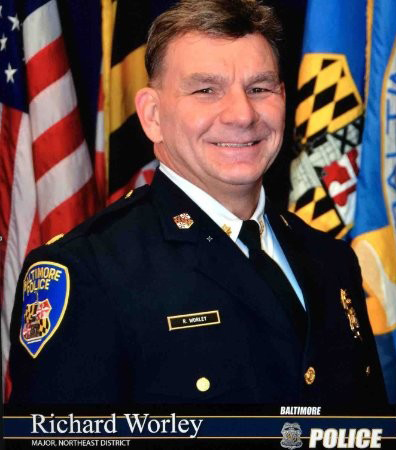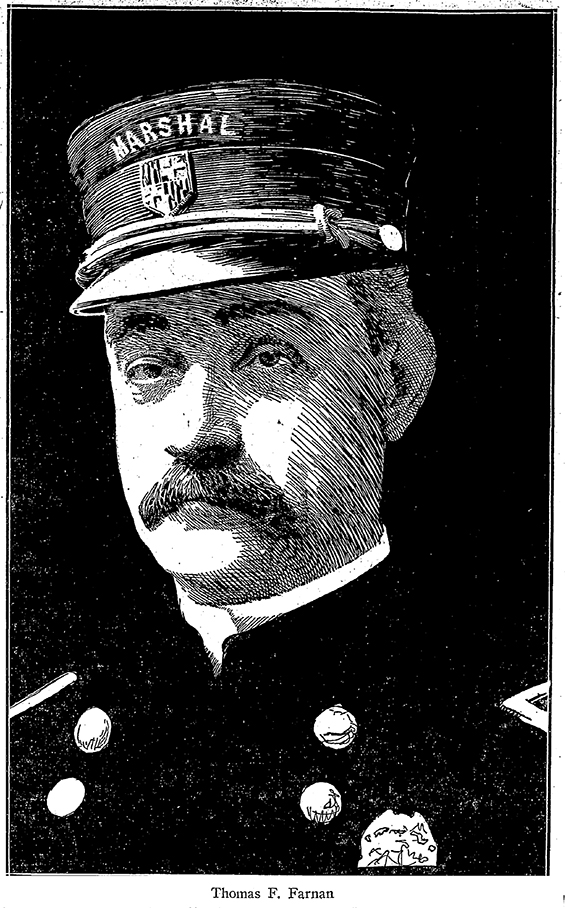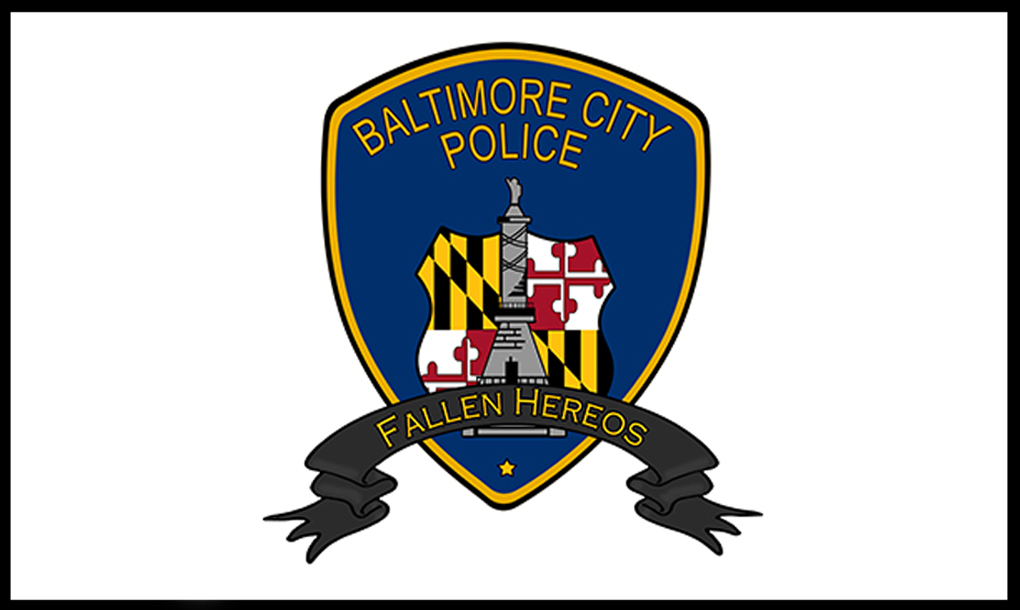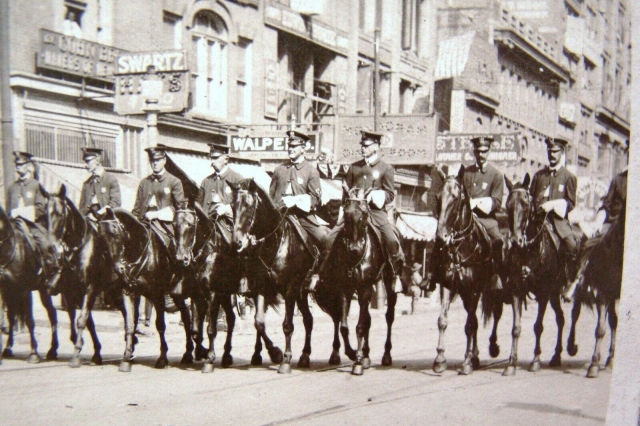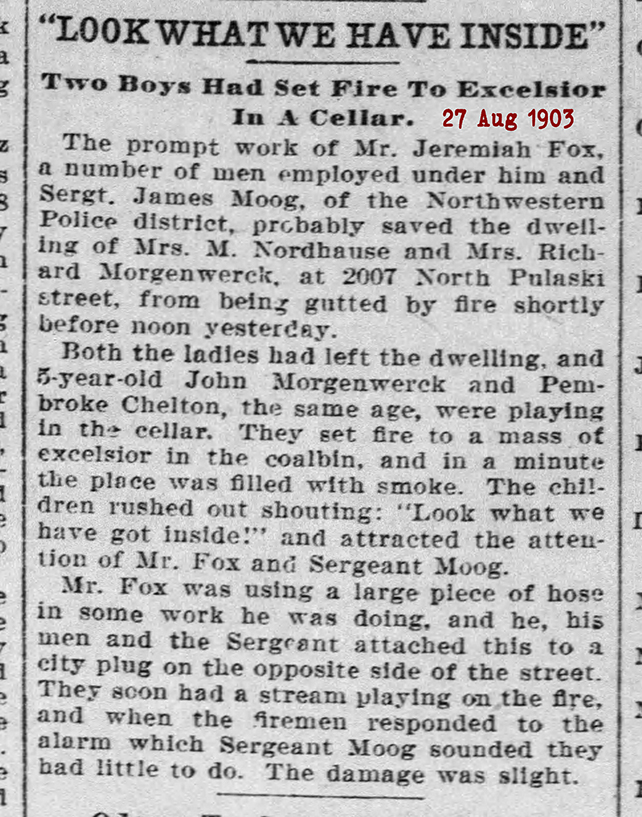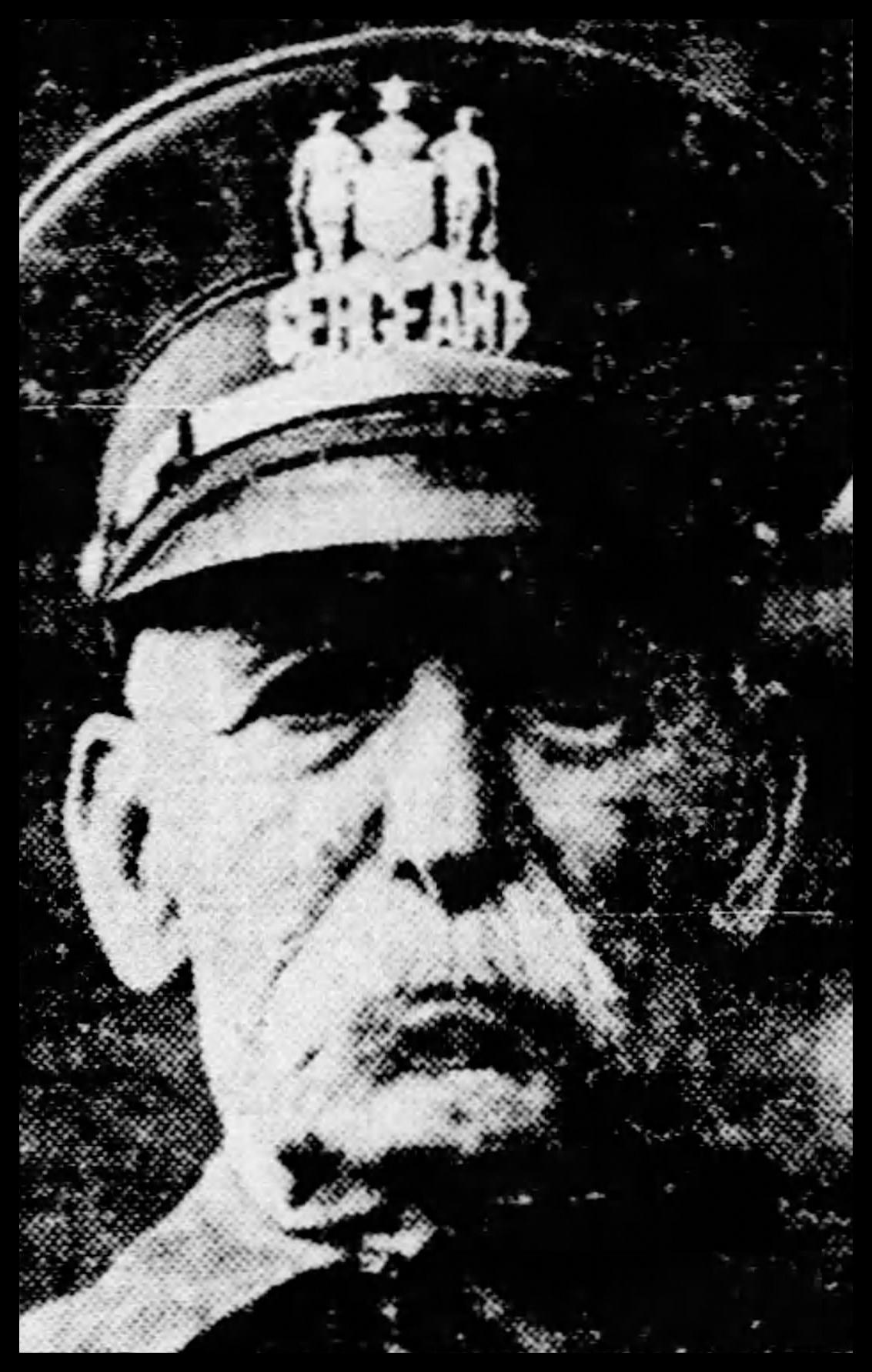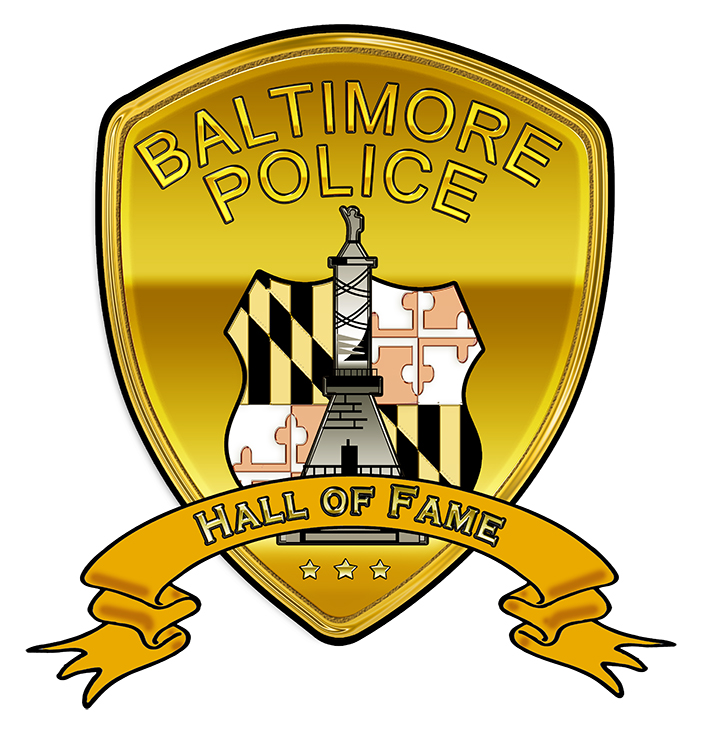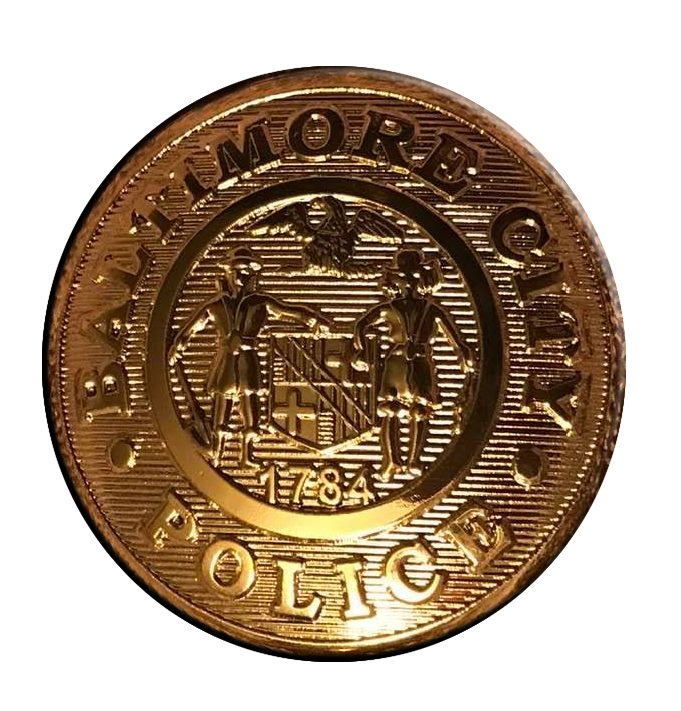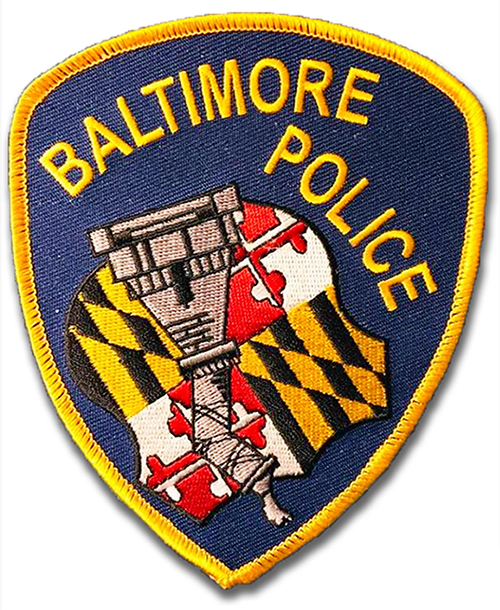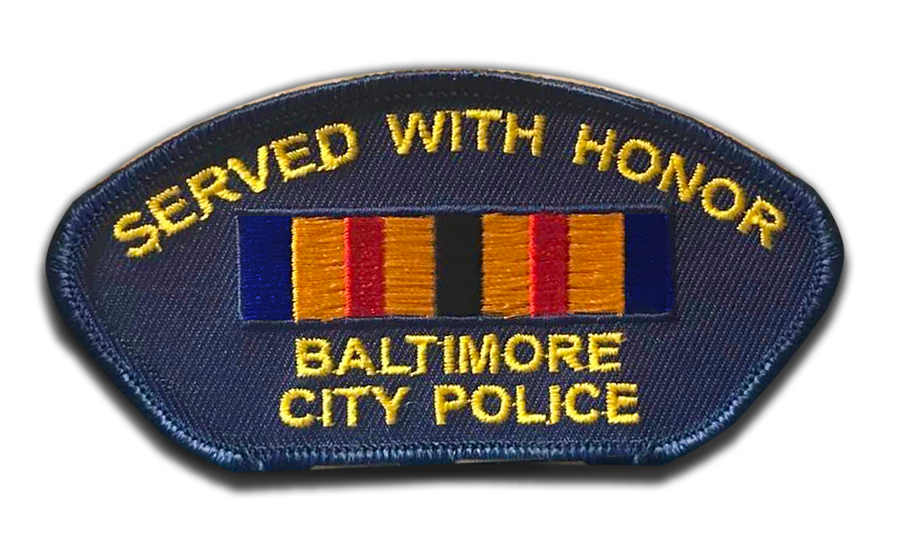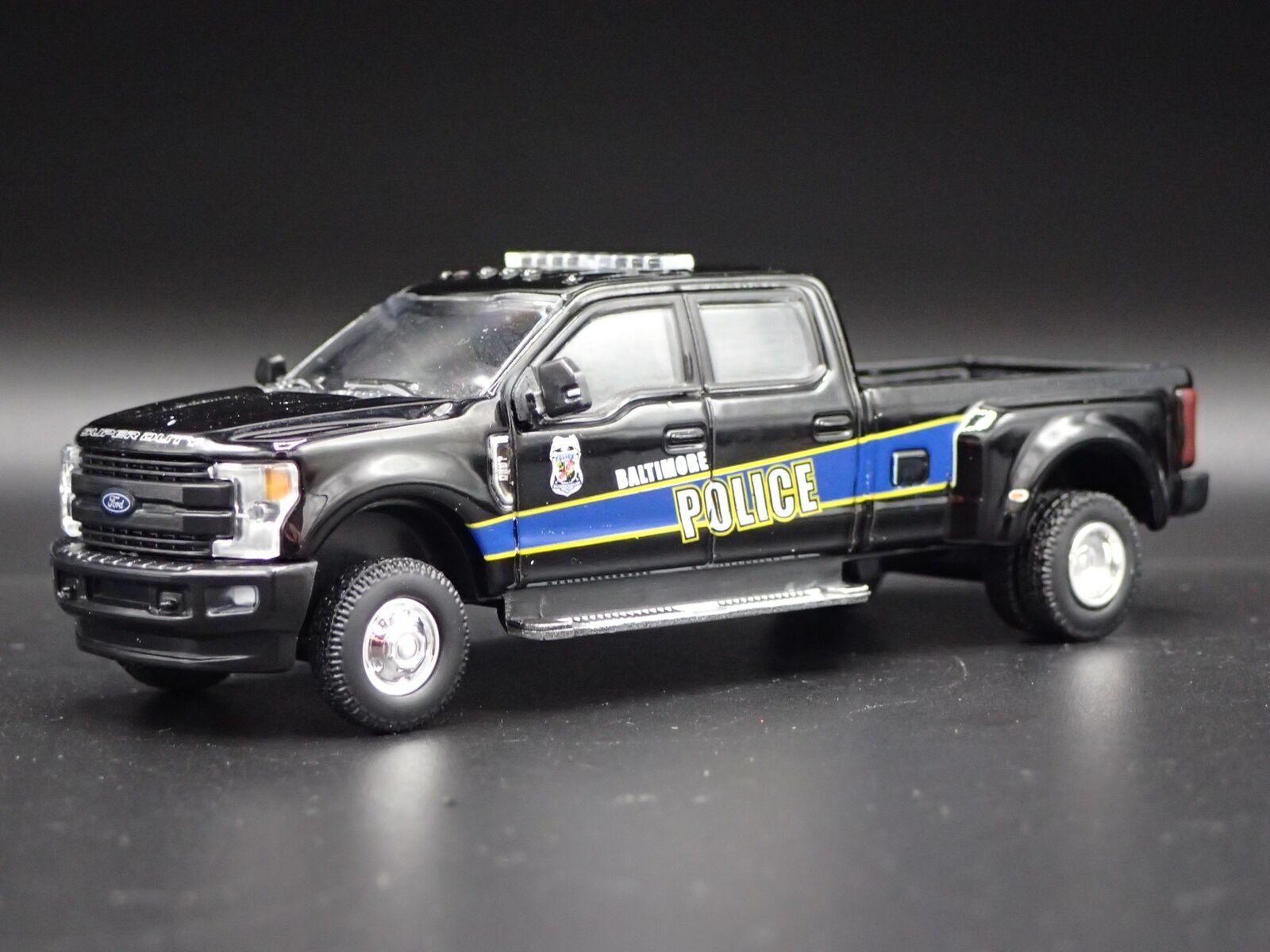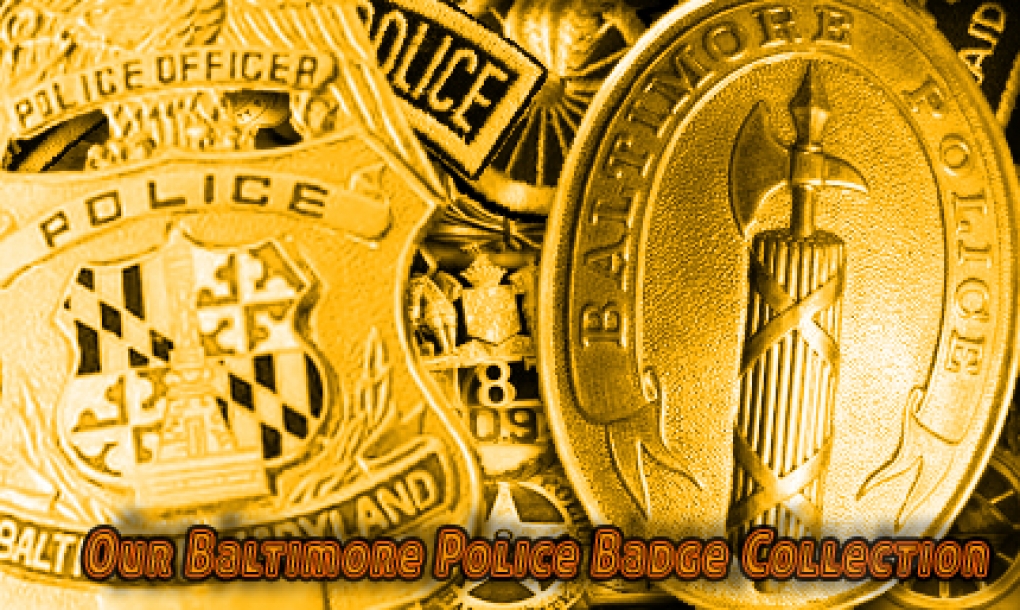
Baltimore Police Badges
The Official Motto of the Department
Established on November 9, 1880
"Semper Paratus, Semper Fideles, Ever on the Watch"
"EVER READY - EVER FAITHFUL"
"EVER ON THE WATCH"

Our Collection
Through Donations and Purchases at Discounted Prices
The Following is Our Personal Collection to be seen here and at our Museum
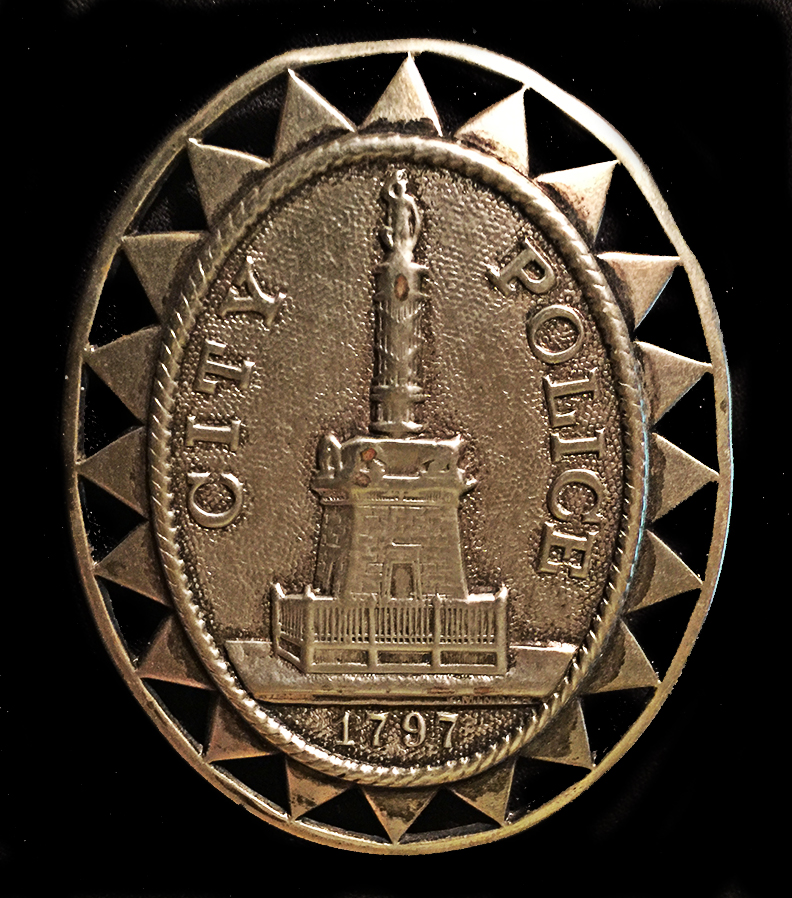
3rd. ISSUE
June 22, 1862, a newly formed Police force appeared in a completely new uniform with a new series of badges. With the same center section of the first badge, and returning the designation of "City Police" surrounded by twenty small points encircled by a narrow rim. NOTE: The 20 pointer was replaced by an order from the Commissioner. he said, "too many were in the hands of the citizens." (Stated in an article in the paper from 1890.) This badge had meaning, as in Baltimore from 1846 o 1887 we had 20 Wards a point for every Ward, and a thin band around to represent the police that protect and hold it all together.
![]()
Below are our Women in police Badges
Three Badges from our Woman Police Officers
19 June, 1912 - The first Women Officer was hired under the title of Policewomen was Mary S. Harvey, EOD of June 19, 1912 her hiring was followed by that of Margaret B. Eagleston July 22, 1912 (interesting side note on March 28, 1925 the Baltimore Sun reports - Two female members of department given first lesson in pistol shooting. They were Miss Margaret B. Eagleston and Mrs. Mary J. Bruff - A few days later Mrs. Mary Harvey, Miss Eva Aldridge and Ms. Mildred Campbell were also trained. So basically the first two woman officers hired by the BPD weren't trained in firearms until they had been on the force for 13 years!) - 11 June 1973 - The Civil Service Commission authorized the single classification of "Police Officer" to replace the dual designation "Policeman/Patrolman" and "Policewoman/Patrolwoman". This reclassification was a continuation of the department's efforts in the area of equal employment opportunity. (Female "Police Officers" now had the same prerogatives and responsibilities as their male counterparts. Now only one competitive test for promotions is necessary. Thus, a single career ladder was established for all sworn members.) The first female officer came in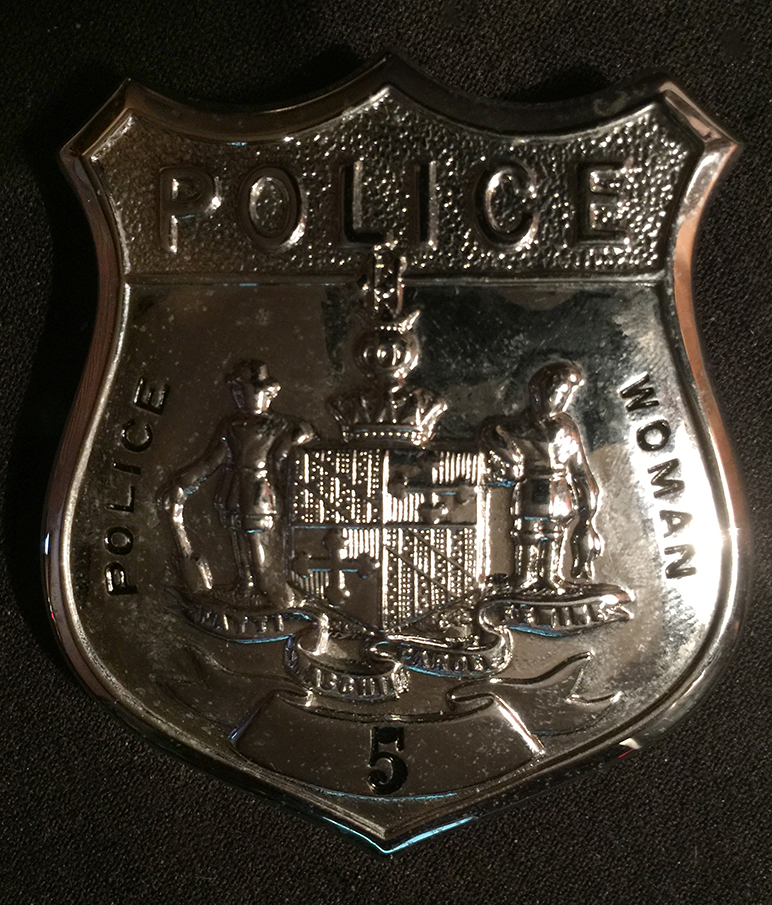
Officer as written above our first female officers came in 1912
17 October, 1914 - The first female officer shot in the line of duty was Policewoman Elizabeth Faber. As she and her partner, Patrolman George W. Popp were attempting to arrest a pick pocket on the Edmondson Avenue Bridge they were both shot. The above Badge was made between 1936 and 1973 (An interesting side note, the first woman police hired by the Baltimore Police department were hired two years earlier in June and July of 1912, and none of the women hired received firearms training until 1925) - In May of 1969, we have our first father/daughter on police department. Officer James F. Stevens and Police woman Patricia A. Loveless.
4th. ISSUE
These badges were based on the 4th Issue Badge, based on the design and era I would say these were made in the later years closer to 1973 date in which Policemen, and Police Women, was dropped and Police Officer was begun. Still the initial design came about on 7 May, 1890, worn with a new uniform by all members of the force. This is a shield-shaped badge with the word "POLICE" across the top, Maryland seal in the center and a ribbon with the officers number across the bottom. Sergeant's and above had an eagle on top of the shield. Lieutenants and above wore a badge gold in color. The eagle on the badges had a ribbon in its beak denoting the rank of the officer.
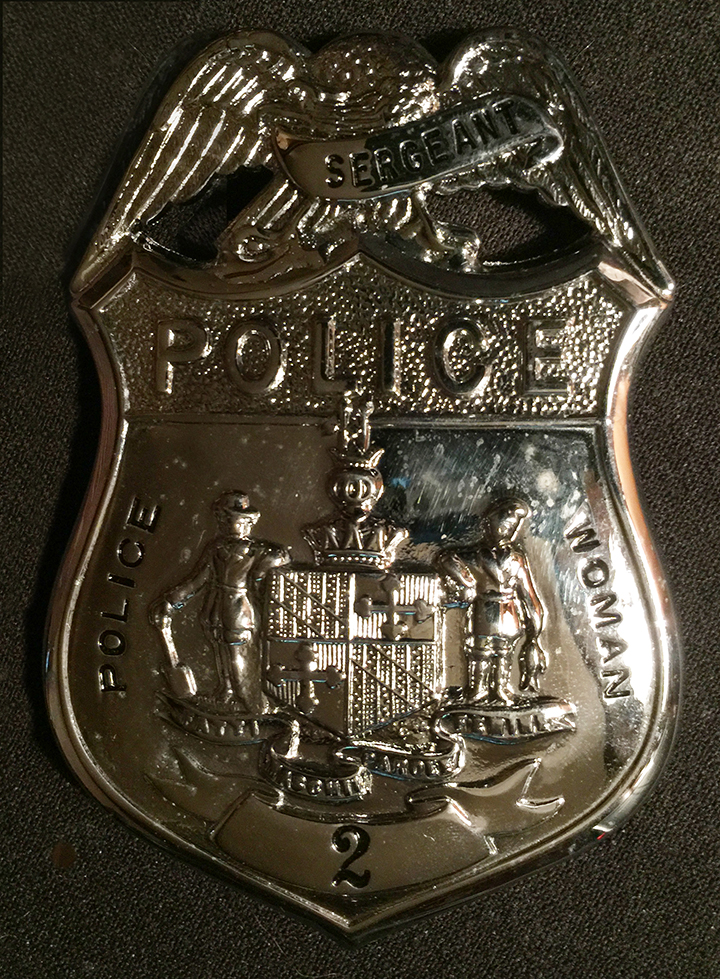
1937 - For the first time in the history of the Baltimore Police Department, women have been advanced to the rank of Sergeant - Mrs. Bessie C. Cronin, along with Ms. Mae E. Lillie, Ms. Clara Lynch and Ms. Margaret Ryan. were all promoted, The women, four in number, joined the force during, or immediately after the first world war, when there was a shortage of men, and functioned for a time as telephone and signal operators. Under terms of a bill signed Friday (28 may 1937) by Governor Nice, they will hereafter enjoy the rank, and the pay, which is $46.50 a week as against their previous $40 a week. Made between 1936 and 1973
Reference for the question had been raised WWI or WWII
28 July 1914 – 11 November 1918
1 September 1939 – 2 September 1945
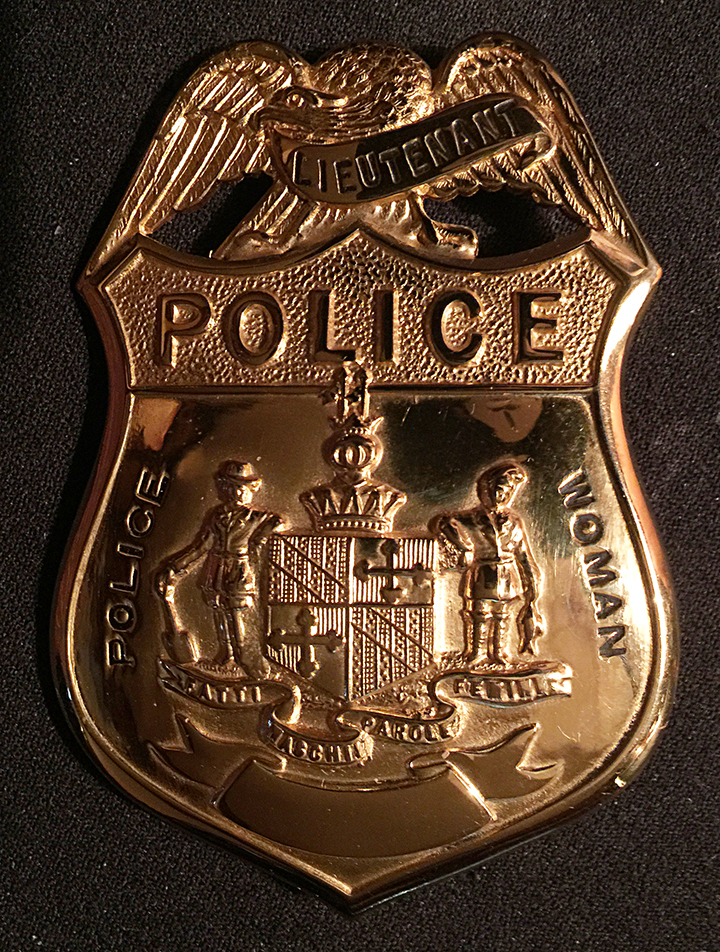
24 October 1978 - Long after the designation of the Policeman and police Women Baltimore Police promotes the first woman Police Major, Lt. Patricia Mullen, elevated two grades as she became Major Patricia Mullen. Promoted from Lieutenant of the Homicide Unit, Major Mullen she skipped the rank of Captain and was put in charge of Youth Section. This badge was made between 1936 and 1973
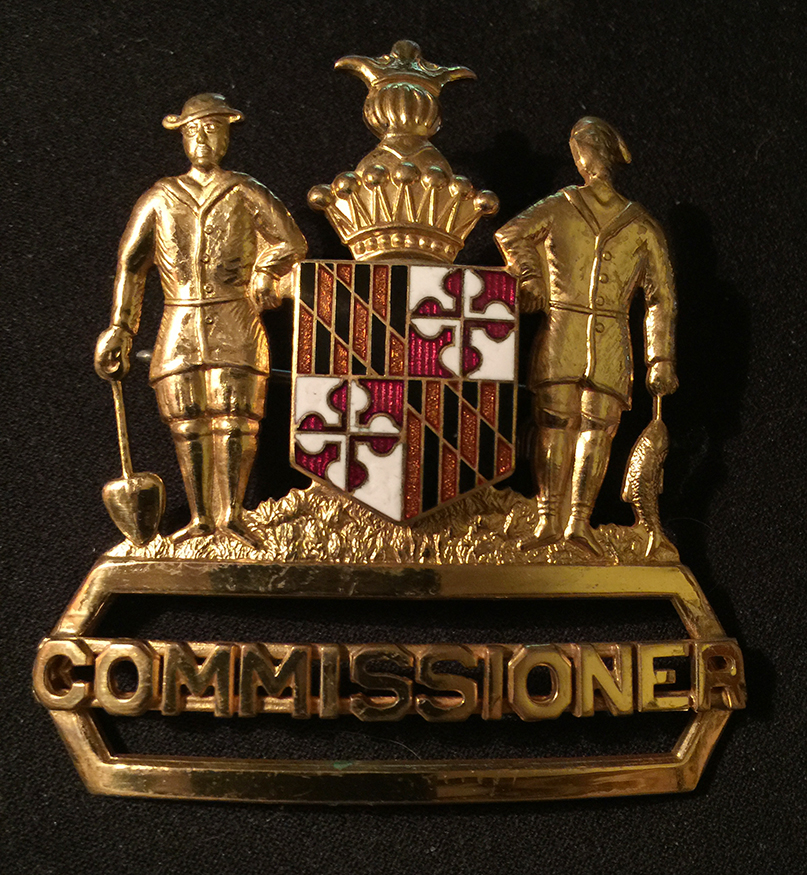
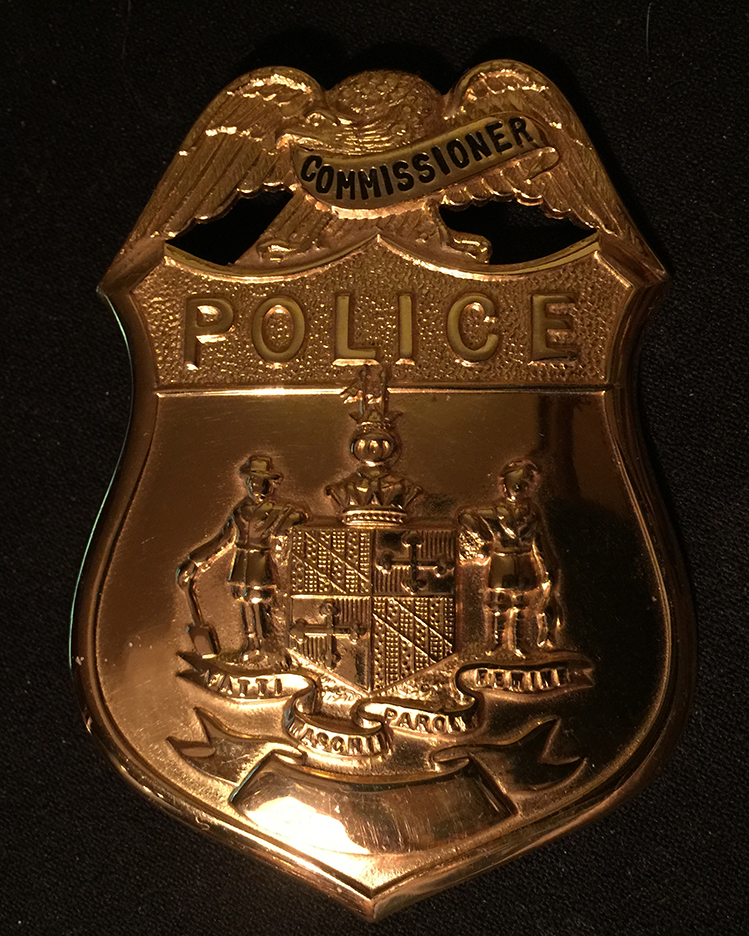
Badge Made between 1936 and 1976
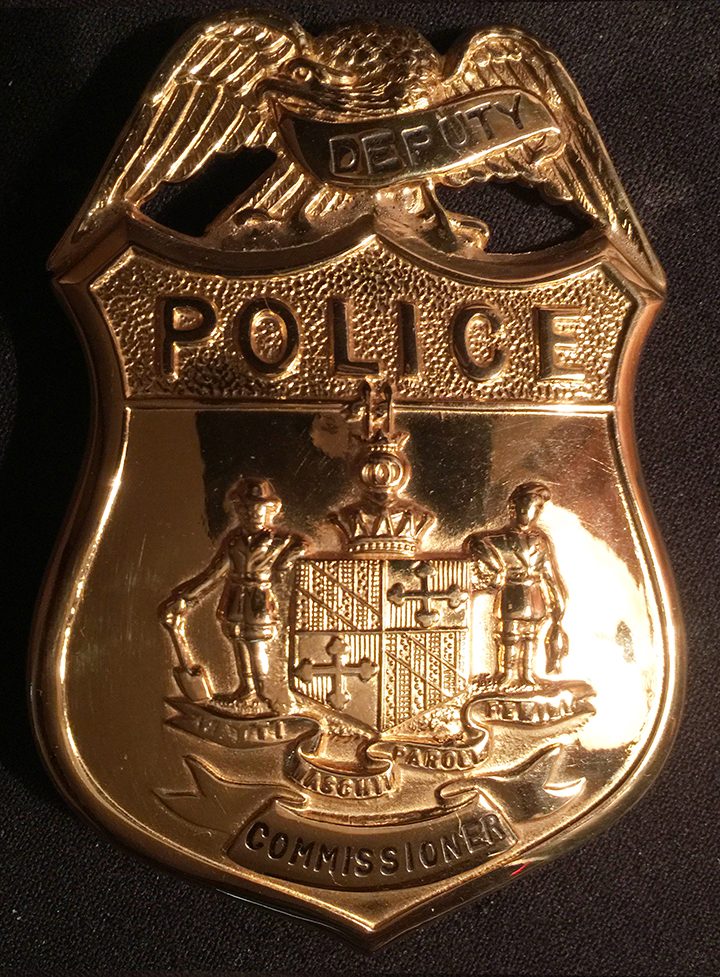
Badge Made between 1936 and 1976
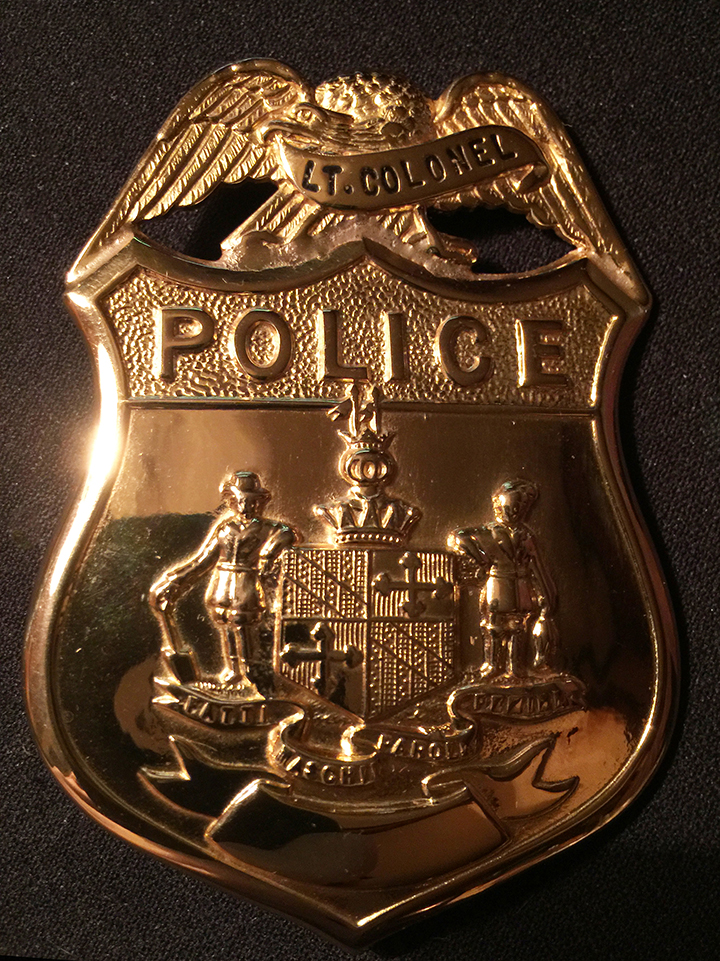
Badge Made between 1936 and 1976
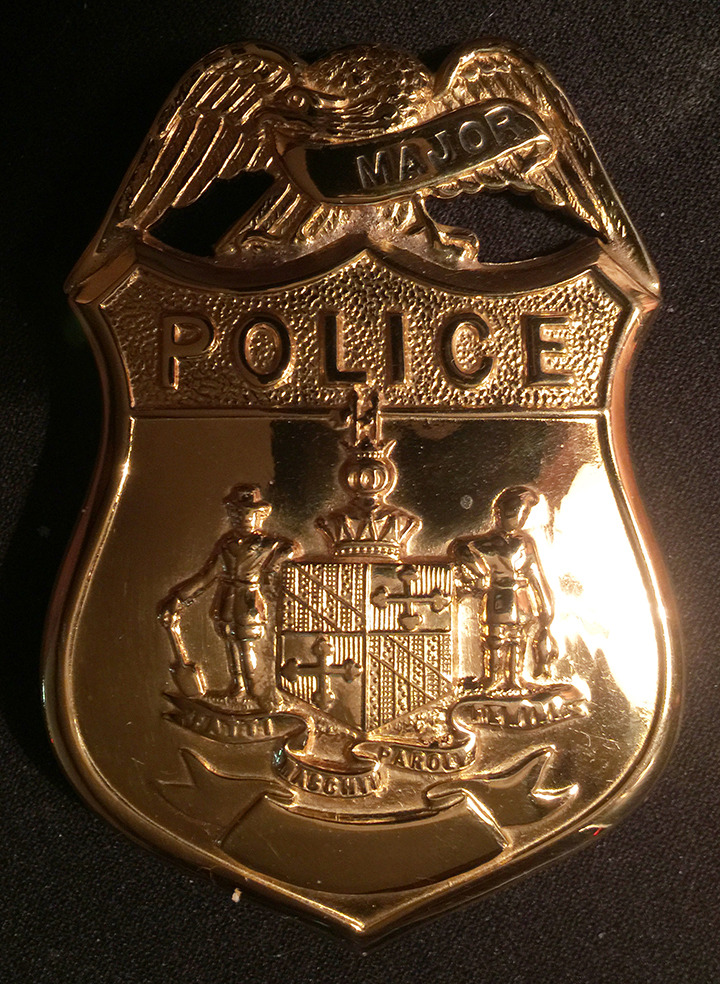
Badge Made between 1936 and 1976
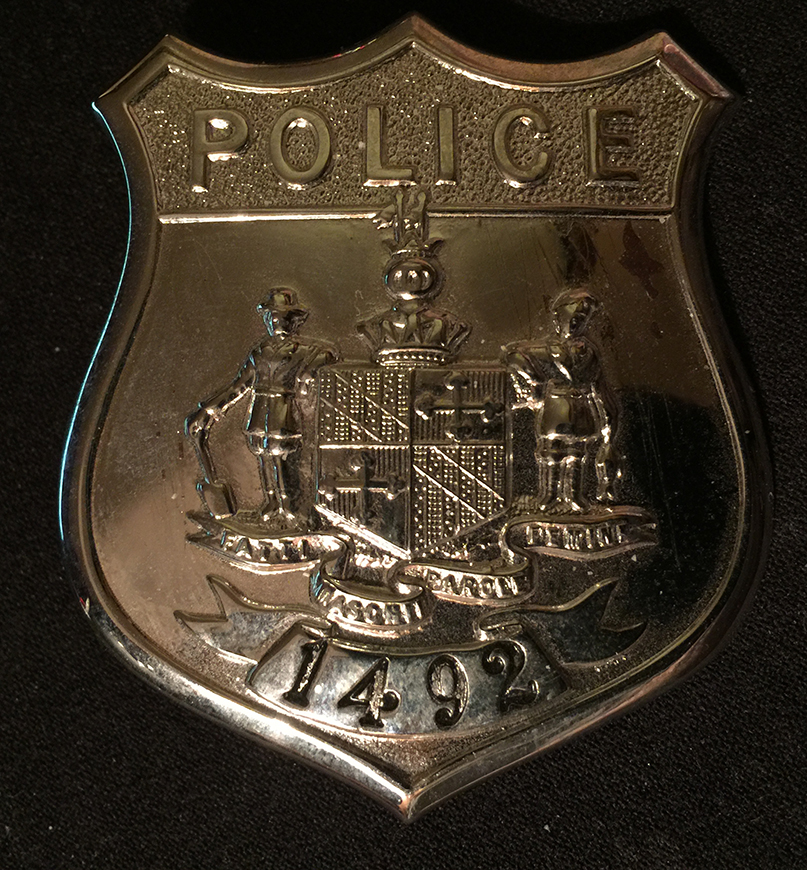
Badge Made between 1936 and 1976
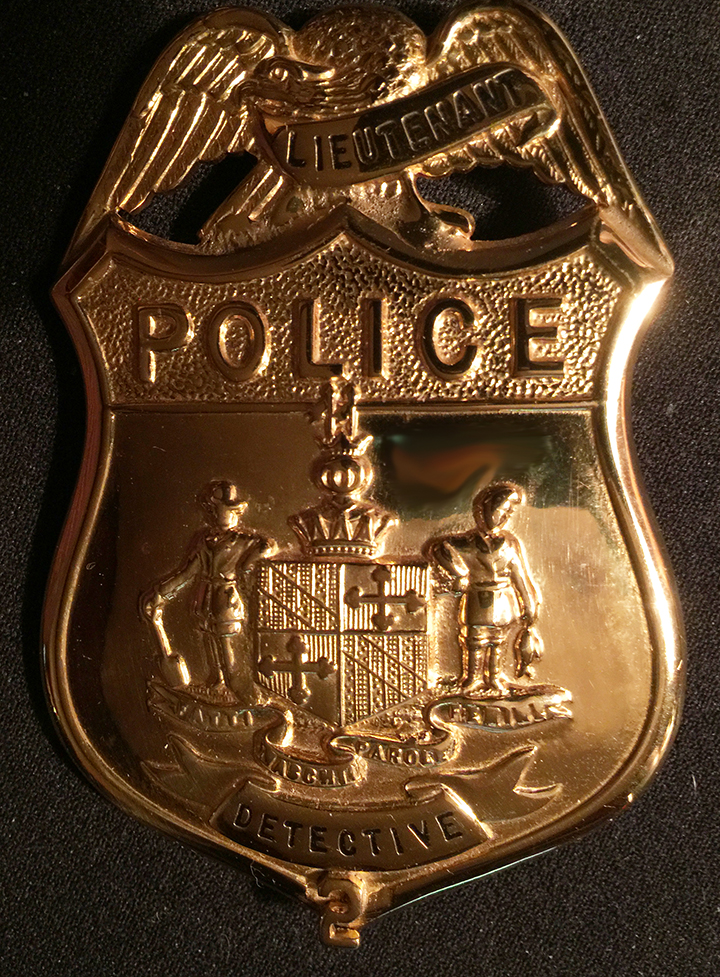
Badge Made between 1936 and 1976
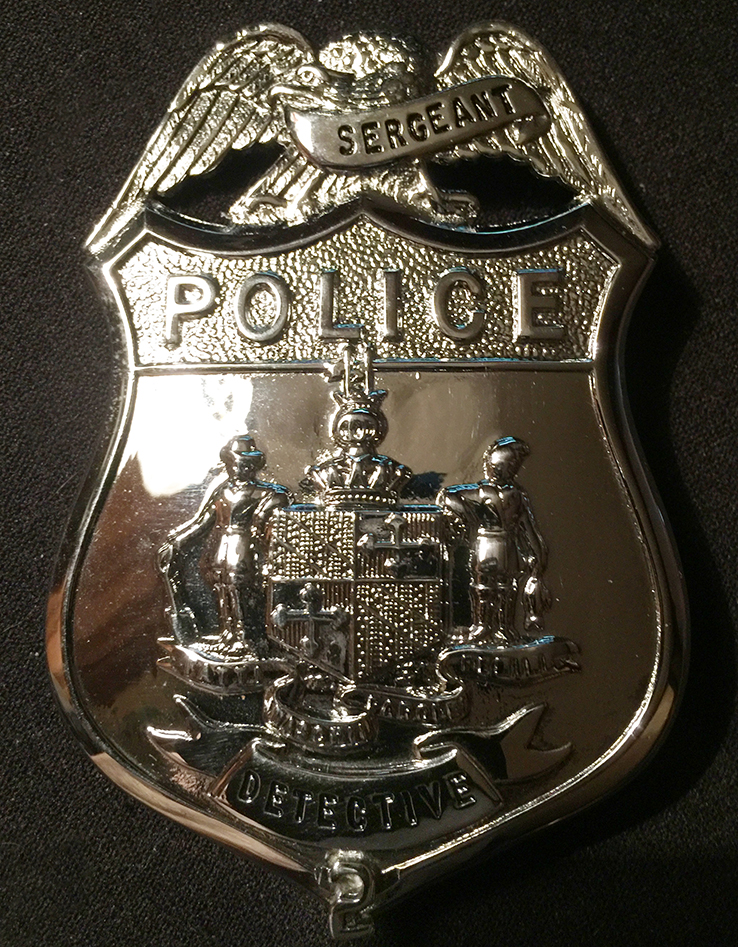
Badge Made between 1936 and 1976
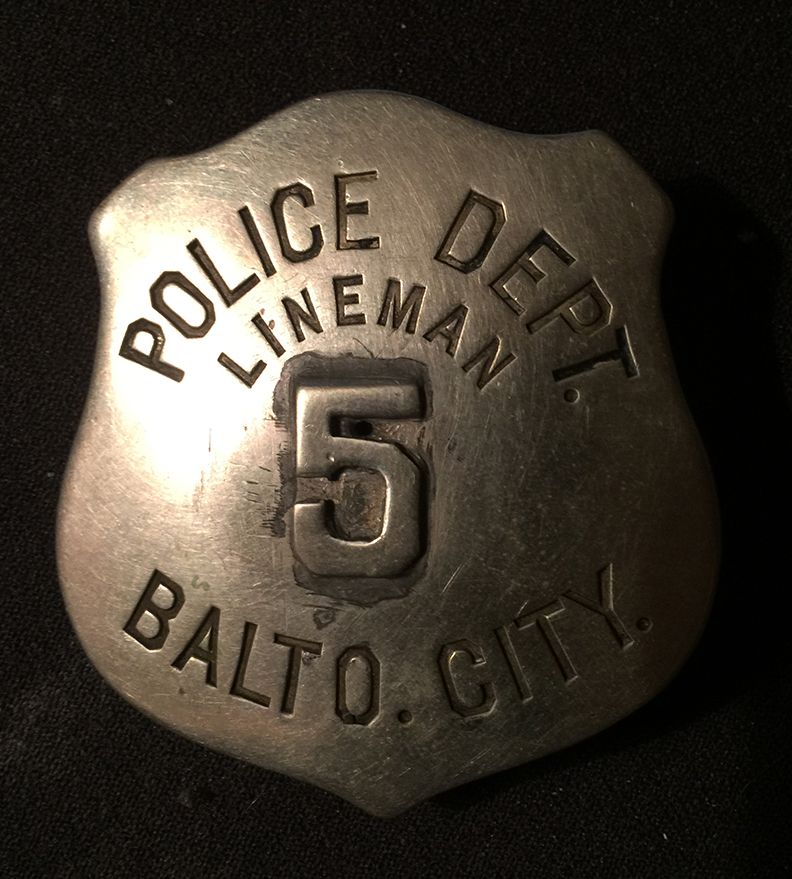
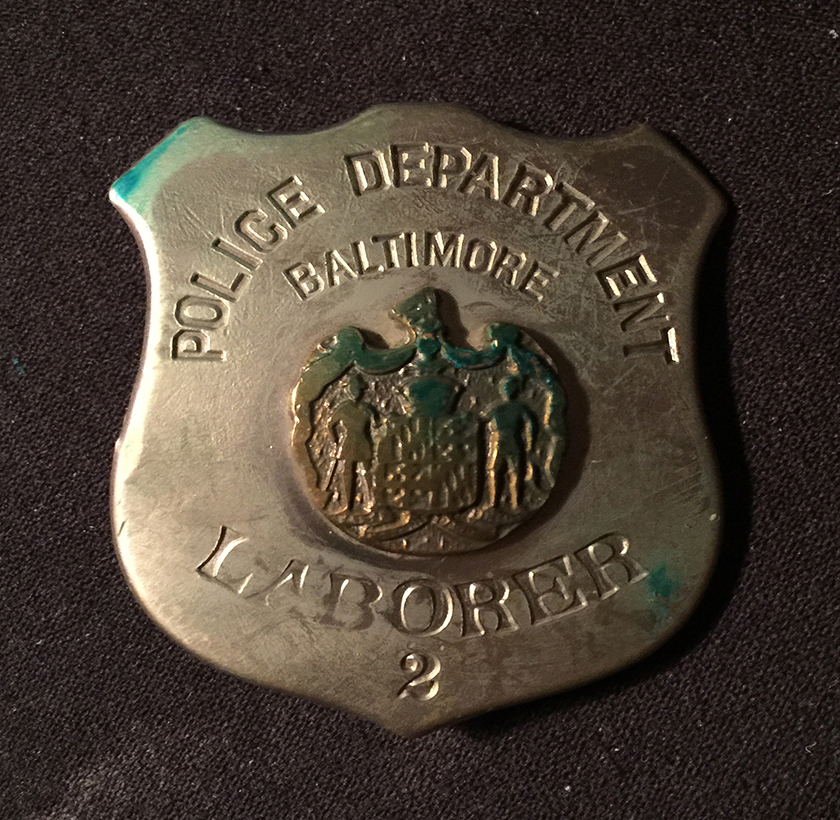
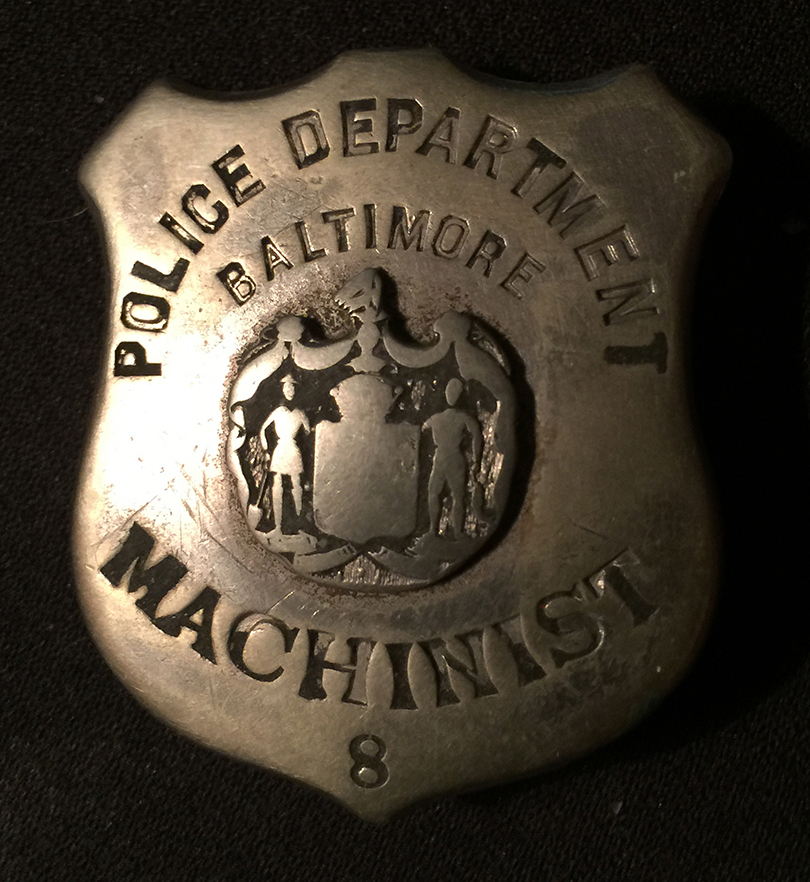
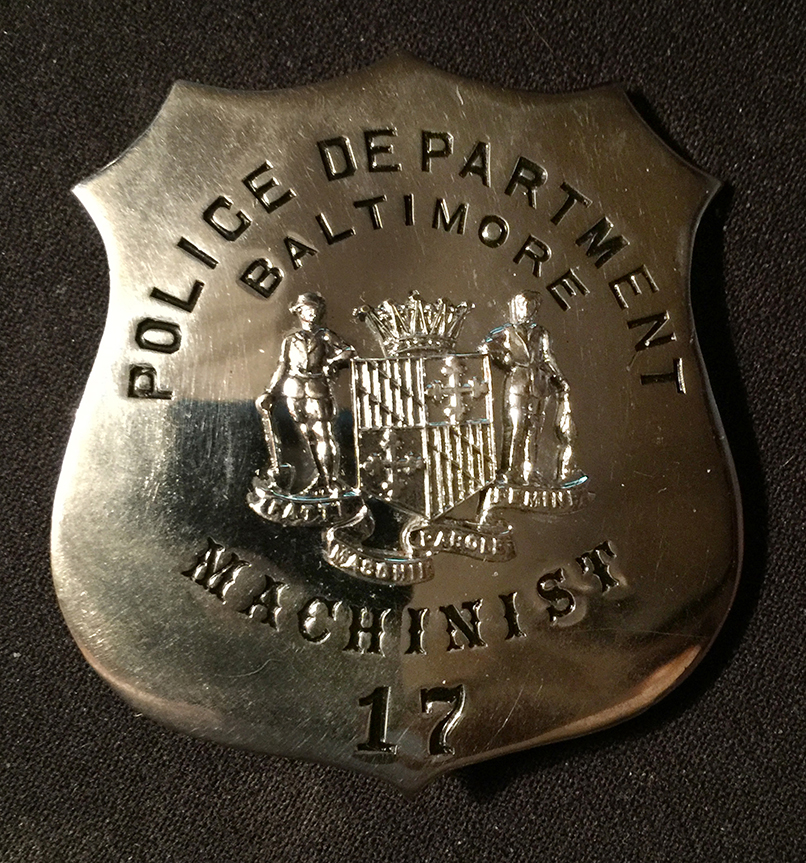
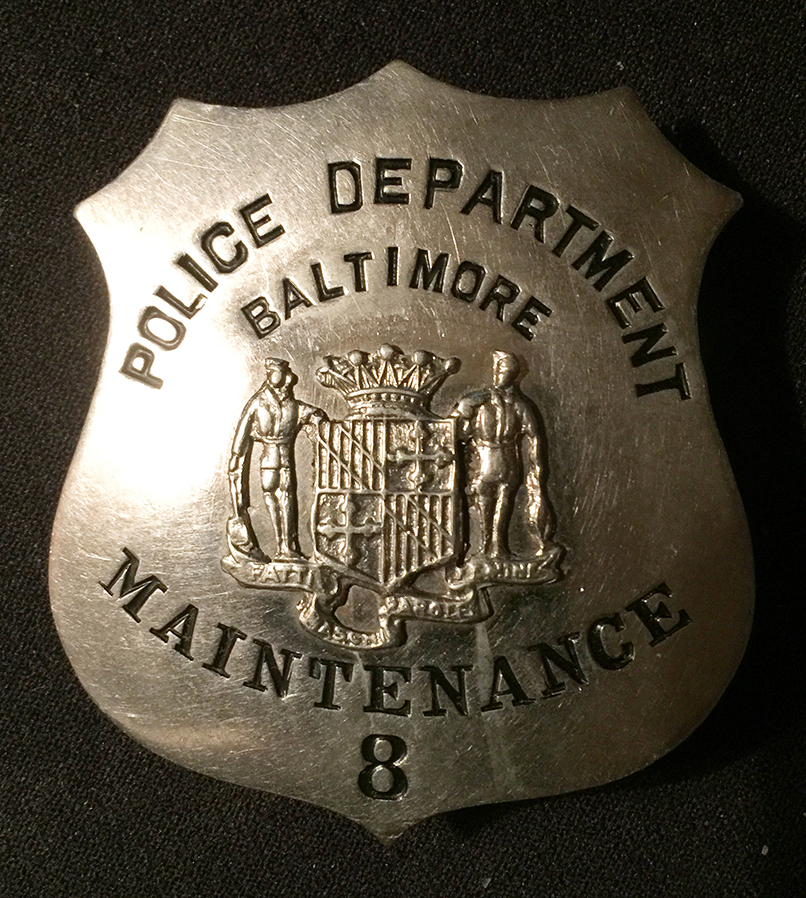
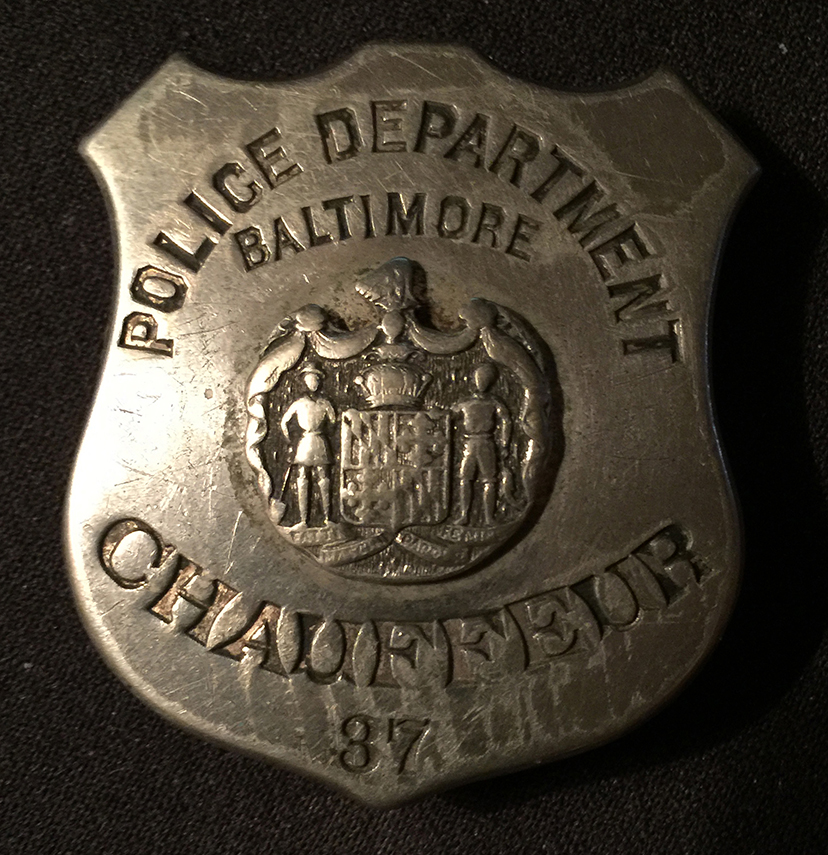
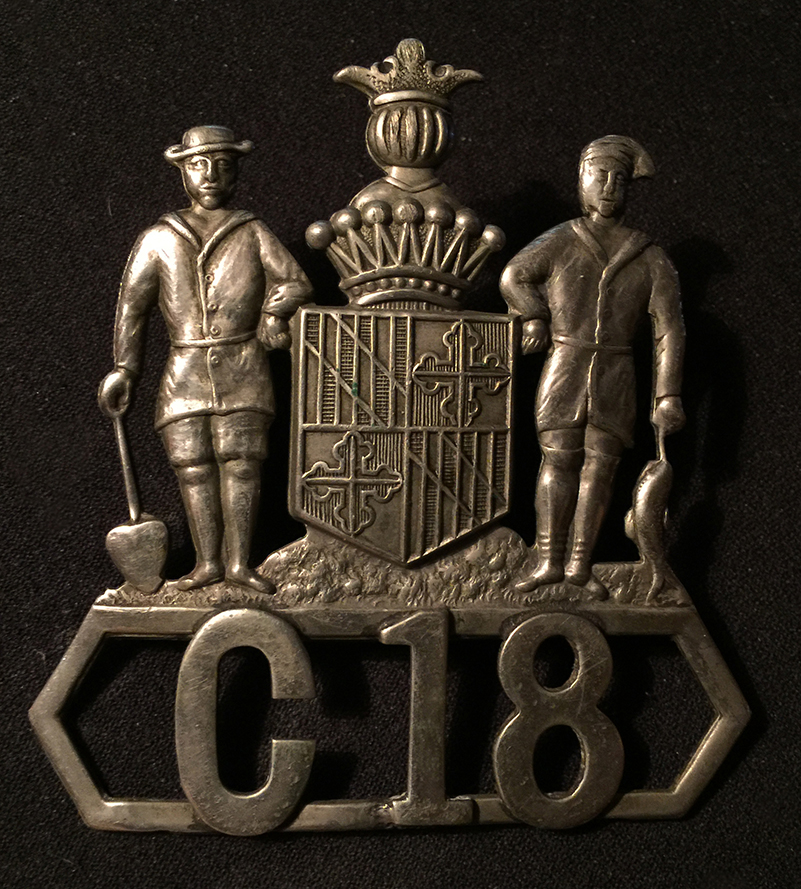
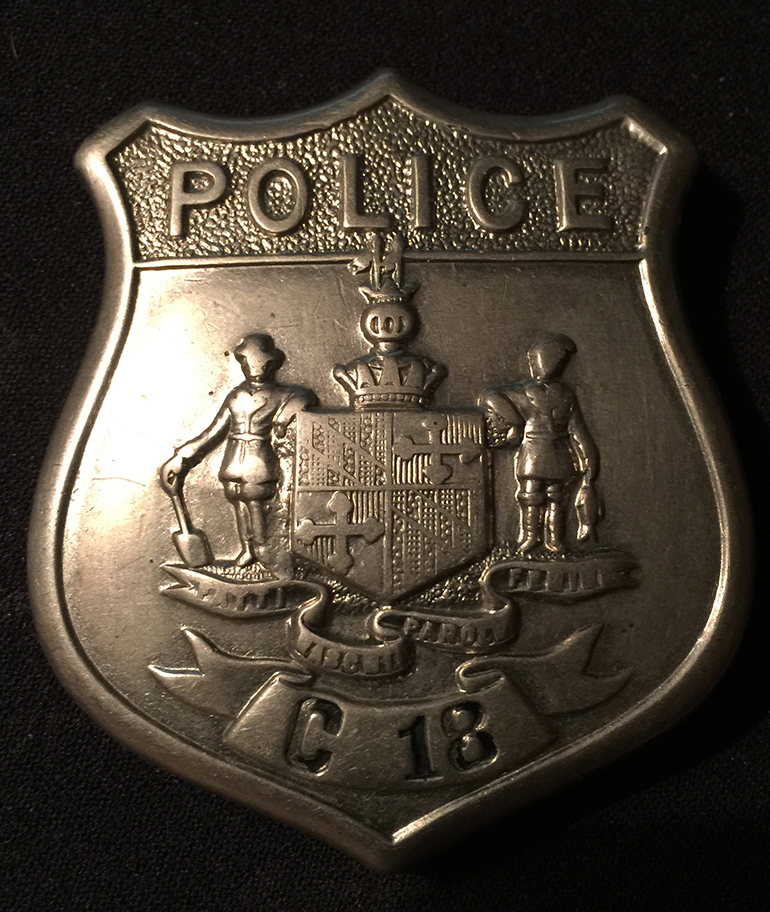
Chauffeur Badge Made between 1936 and 1976
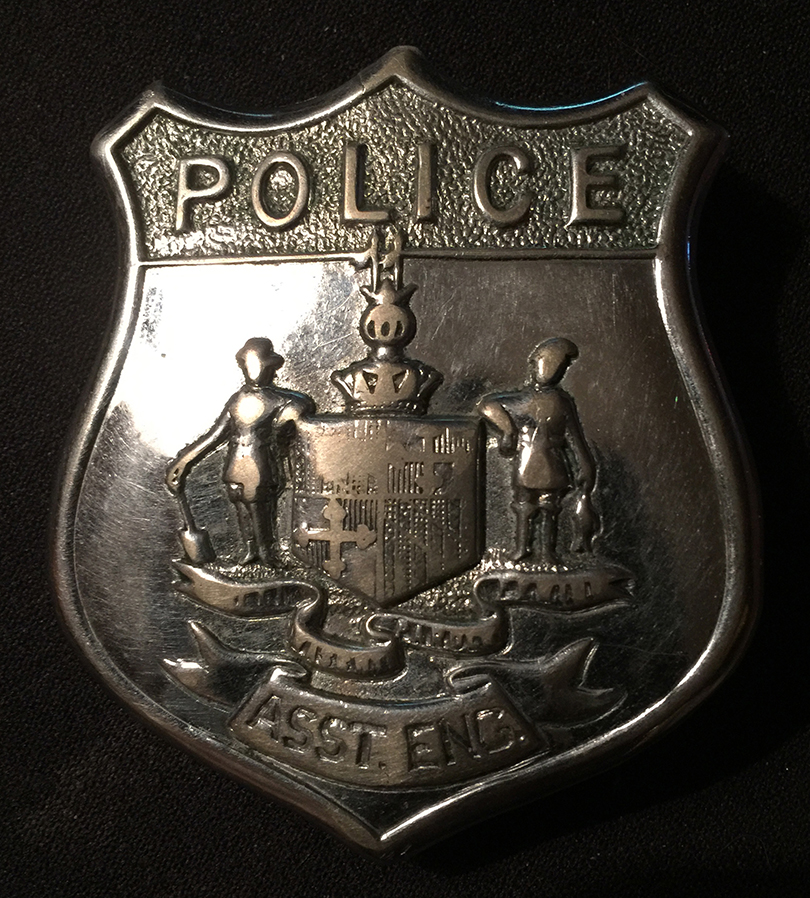
Asst. Engineer Badge made between 1890 and 1936
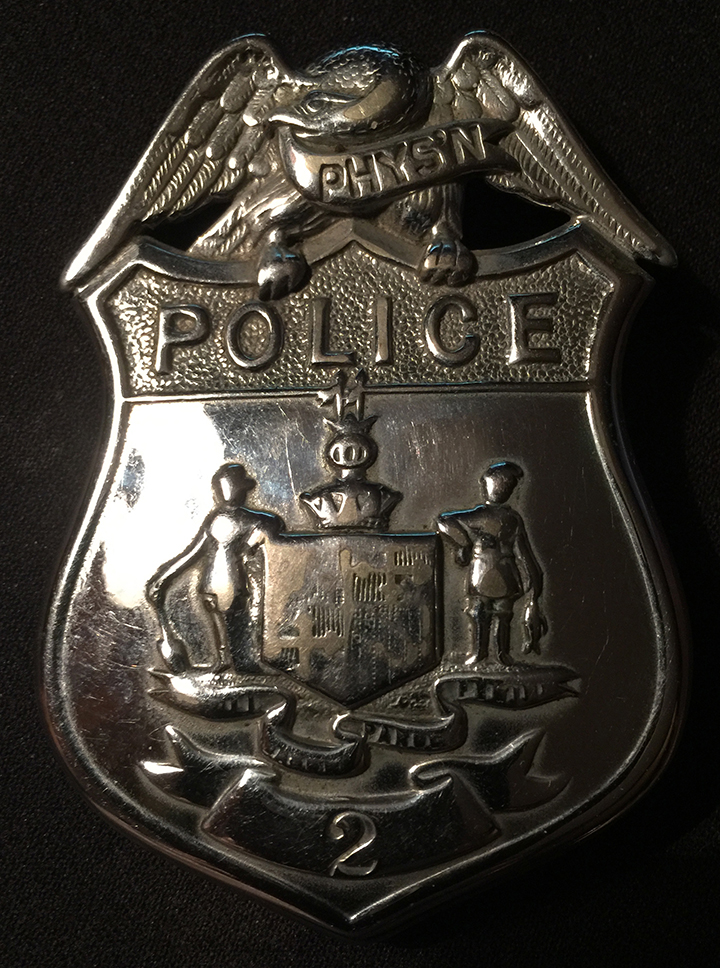
Physician Badge Made Between 1890 and 1936
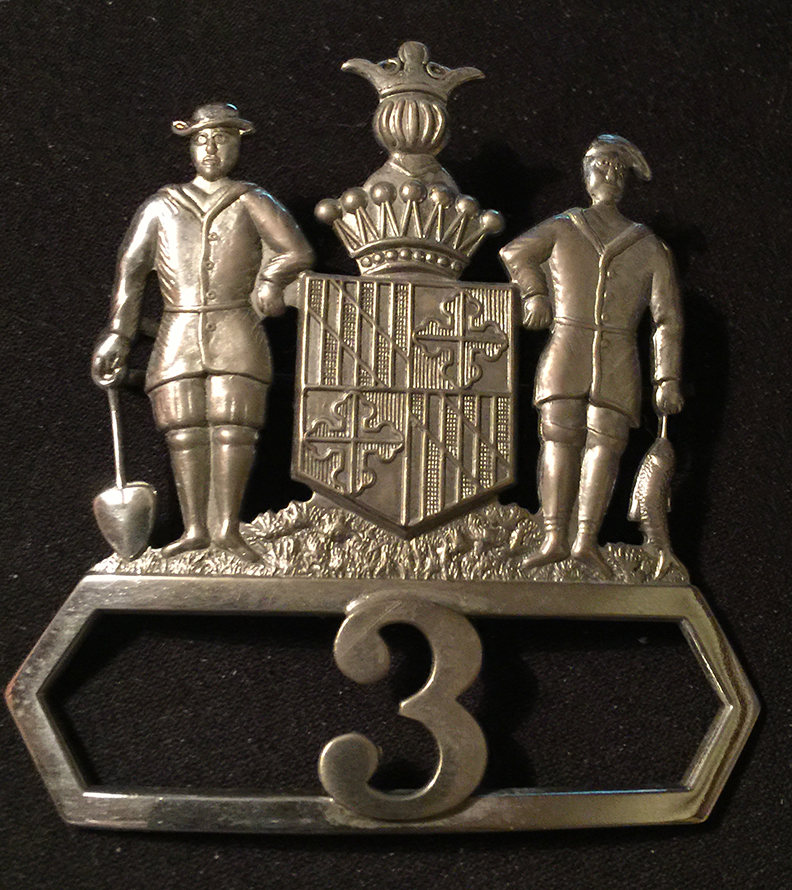
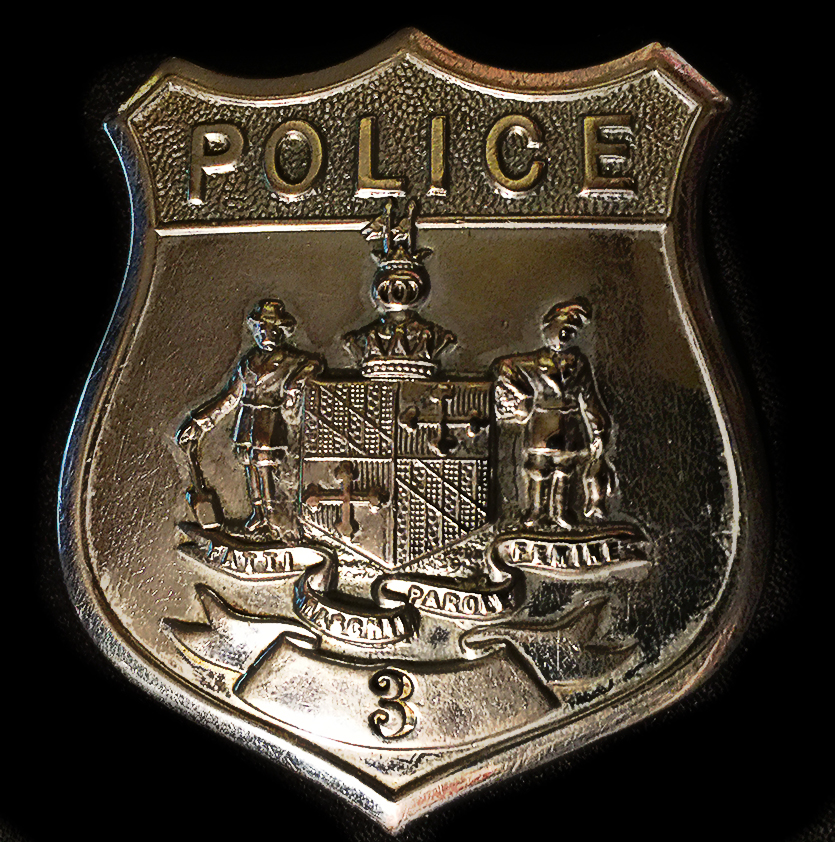
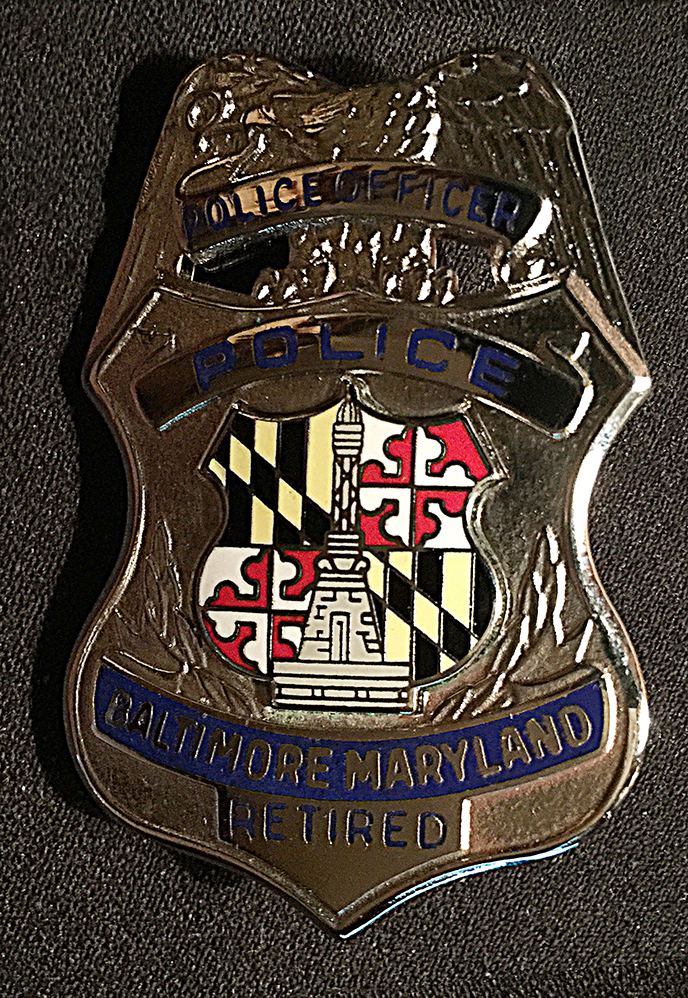
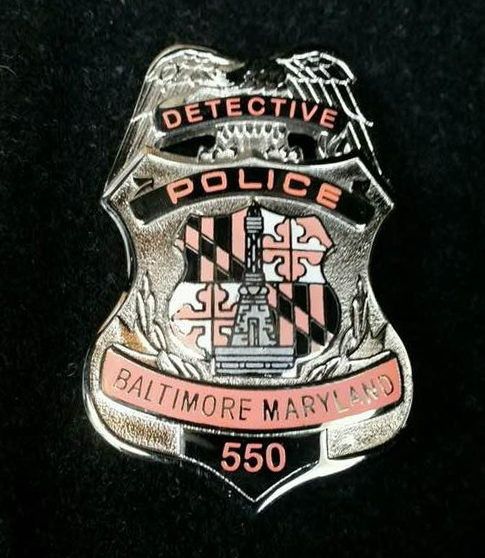
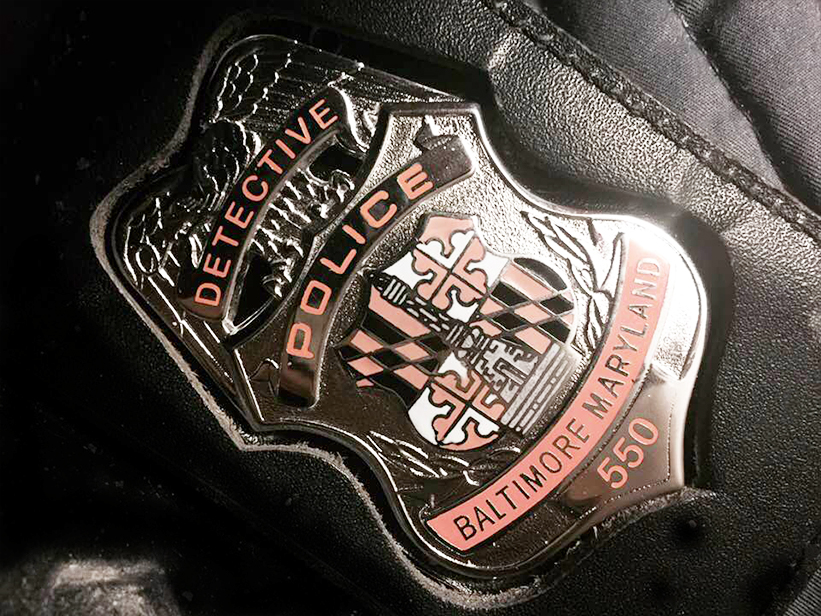
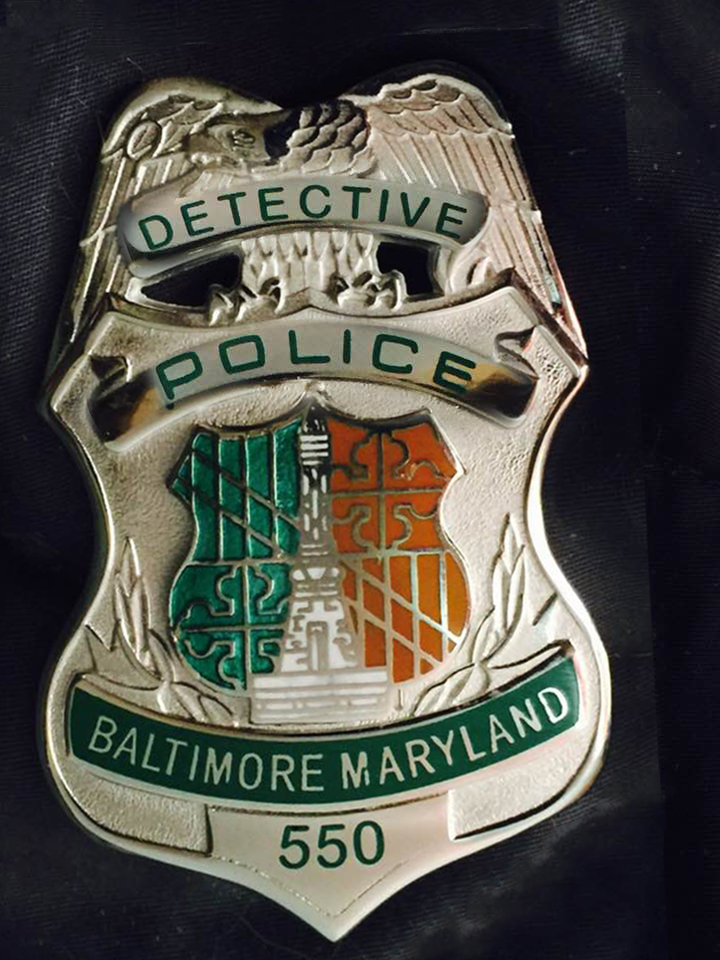
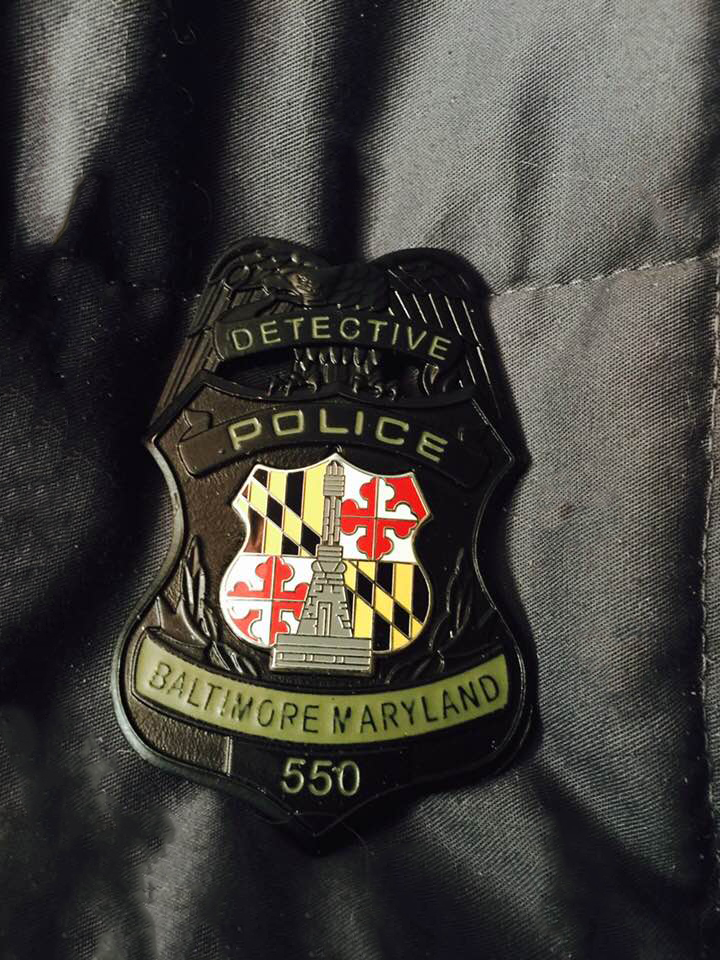
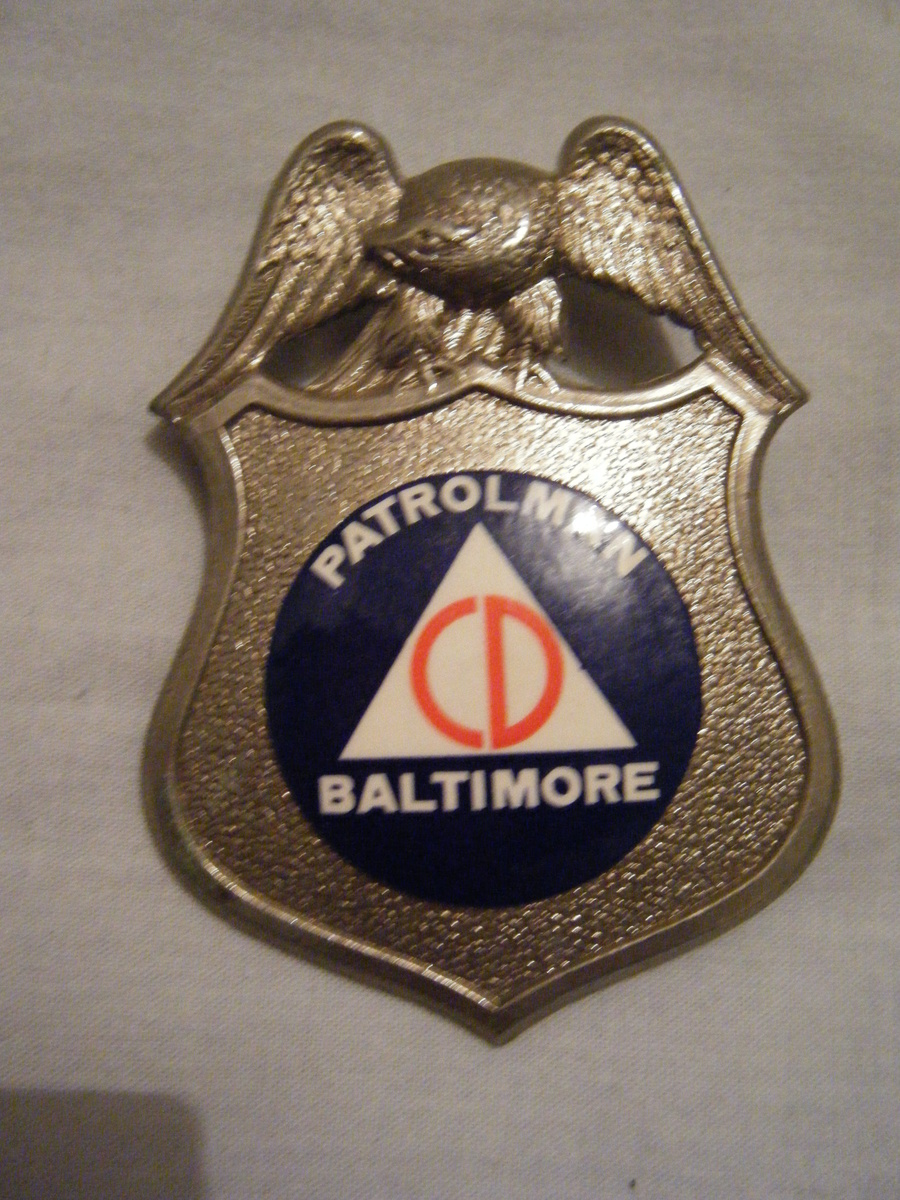 This is an Obsolete Civil Defense Patrolman Badge for the City of Baltimore. The badge is stamped metal with an Eagle over a shield. The center of the shield has an enameled roundel with the Civil Defense emblem on a blue background. Around this is Patrolman and Baltimore. "BASTIAN BROS/CO/ROCHESTER NY". These badges were intended for police personnel acting under Civil Defense authority in an emergency situation and are a neat Cold War memento.
This is an Obsolete Civil Defense Patrolman Badge for the City of Baltimore. The badge is stamped metal with an Eagle over a shield. The center of the shield has an enameled roundel with the Civil Defense emblem on a blue background. Around this is Patrolman and Baltimore. "BASTIAN BROS/CO/ROCHESTER NY". These badges were intended for police personnel acting under Civil Defense authority in an emergency situation and are a neat Cold War memento.
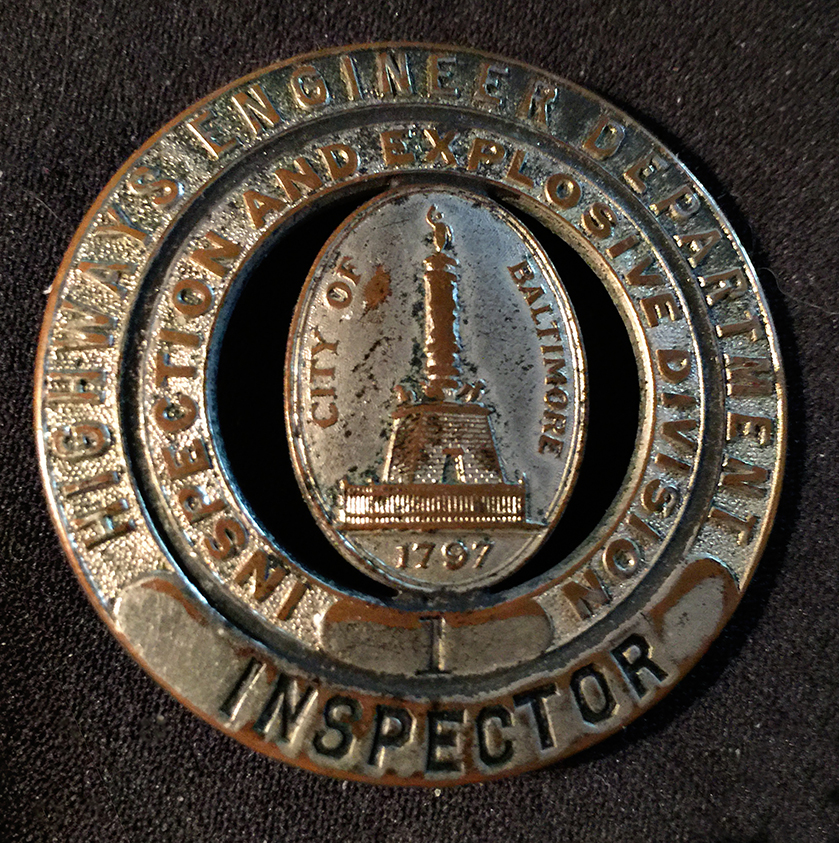
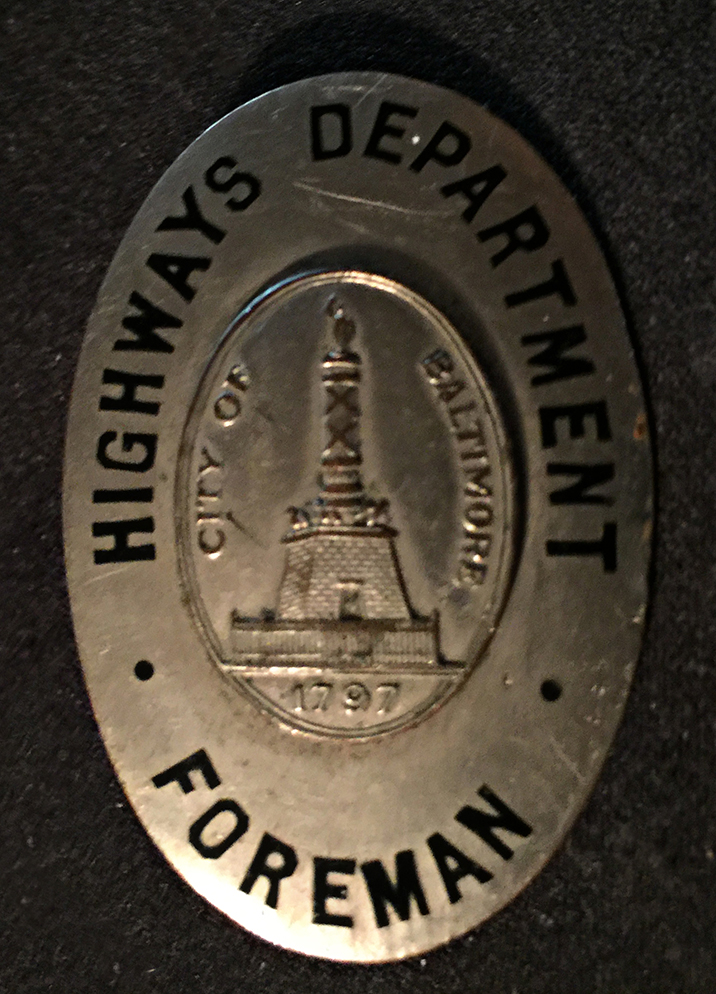
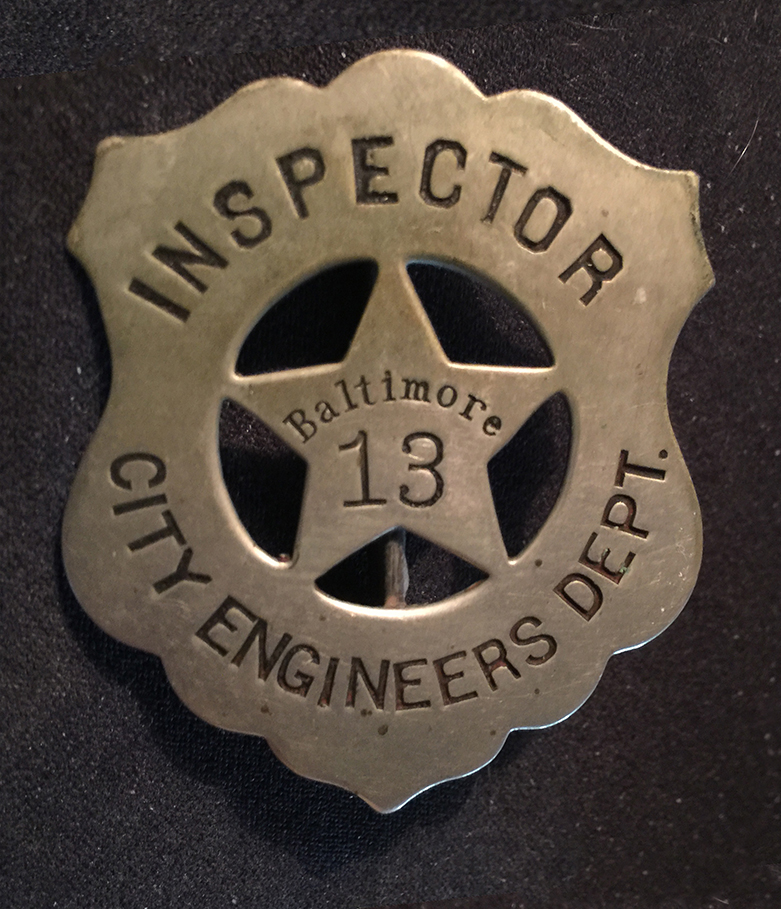
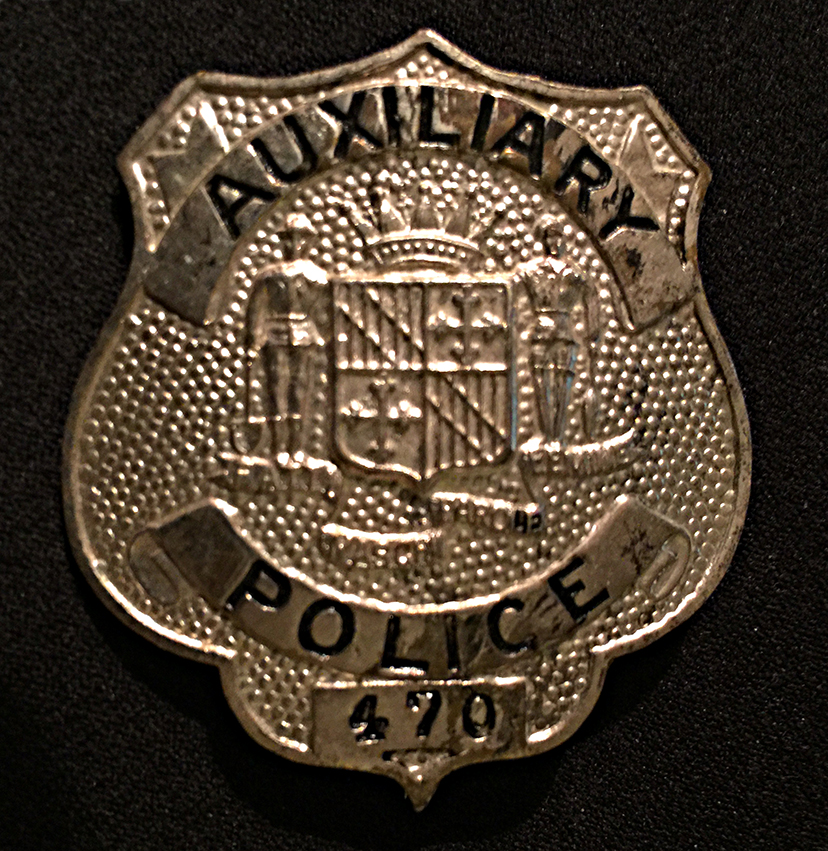
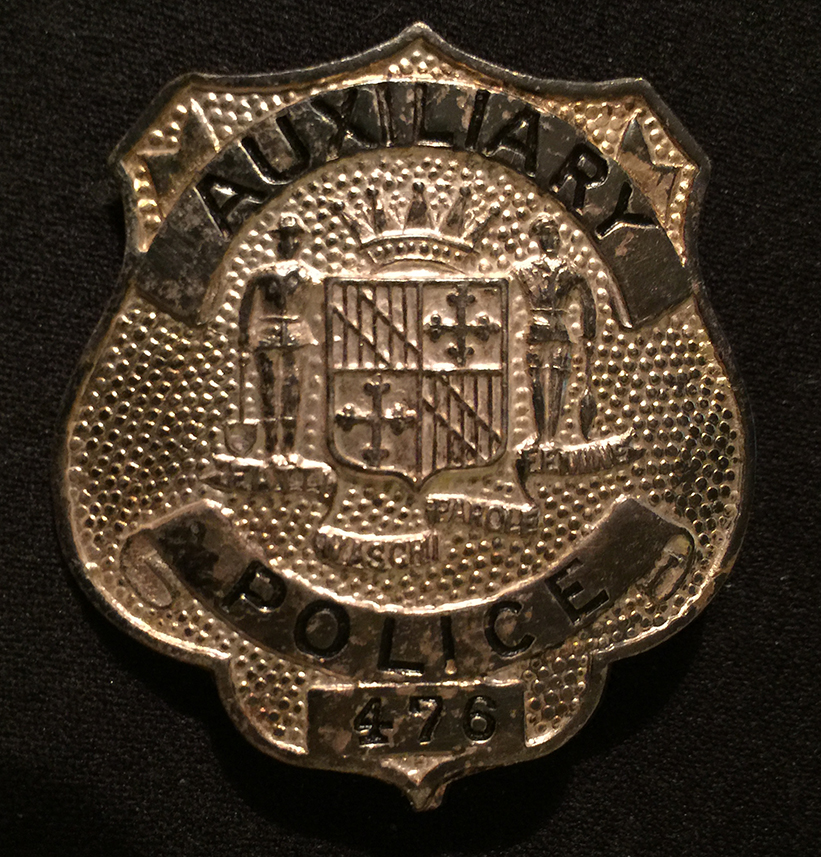
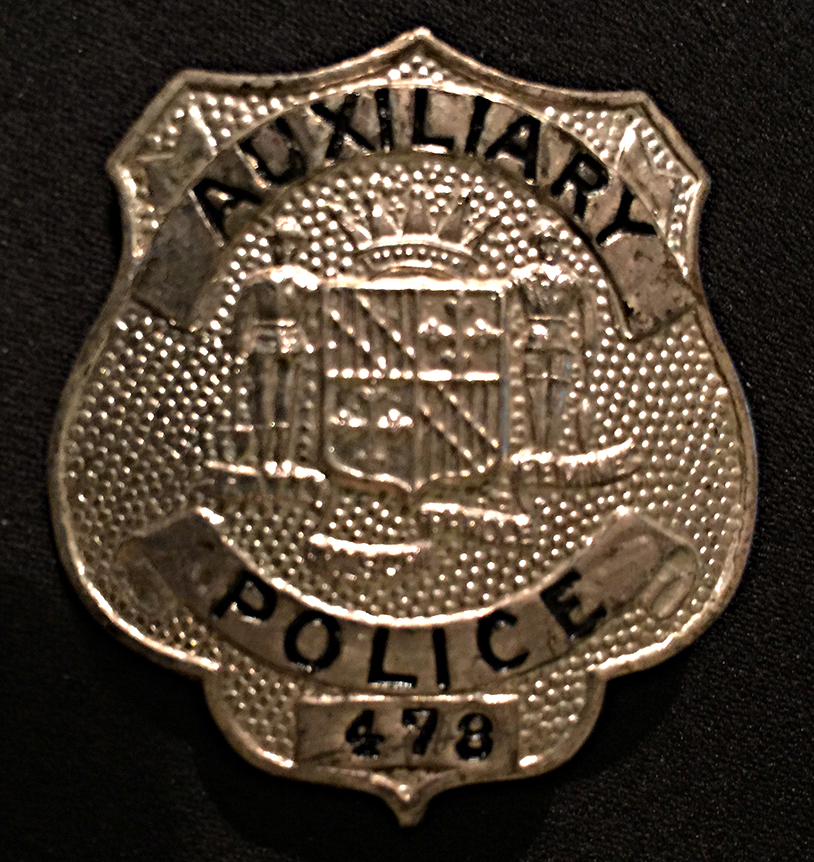


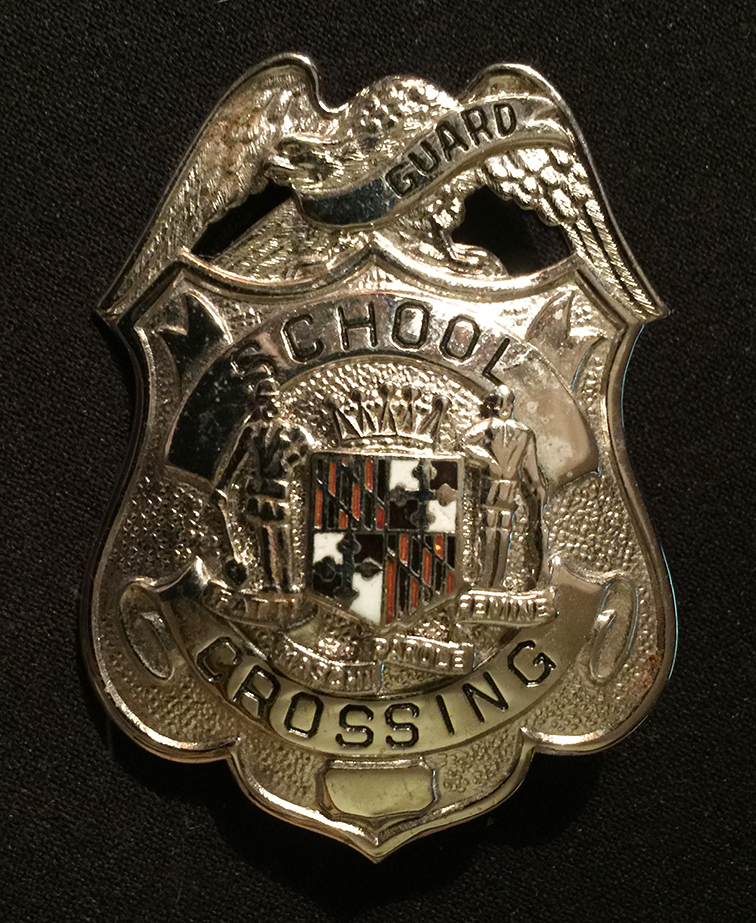
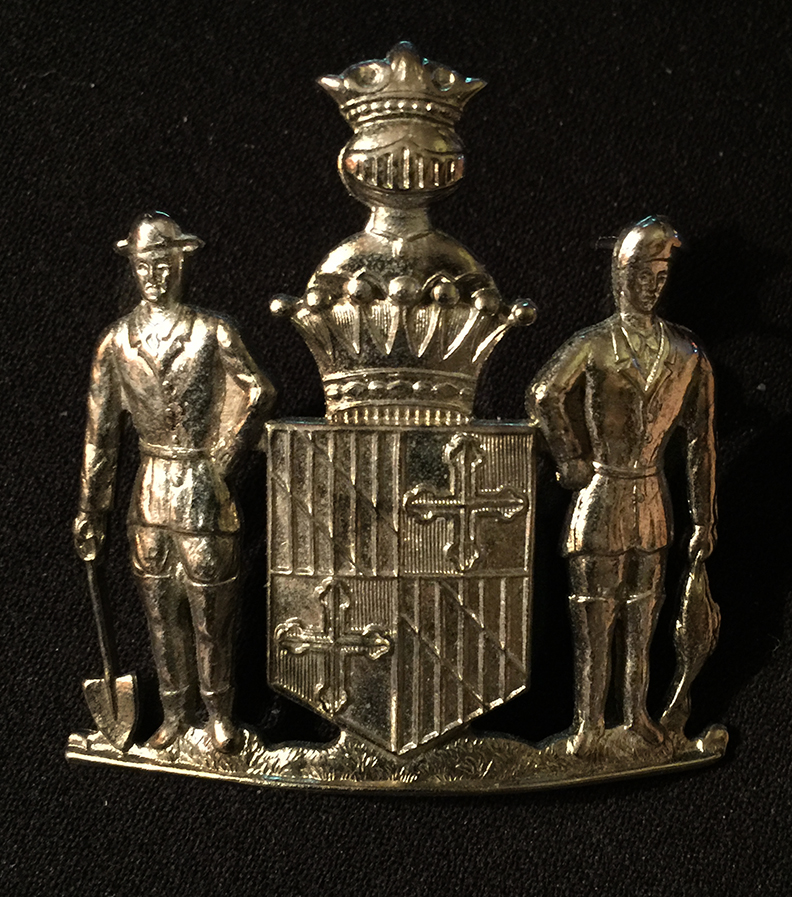
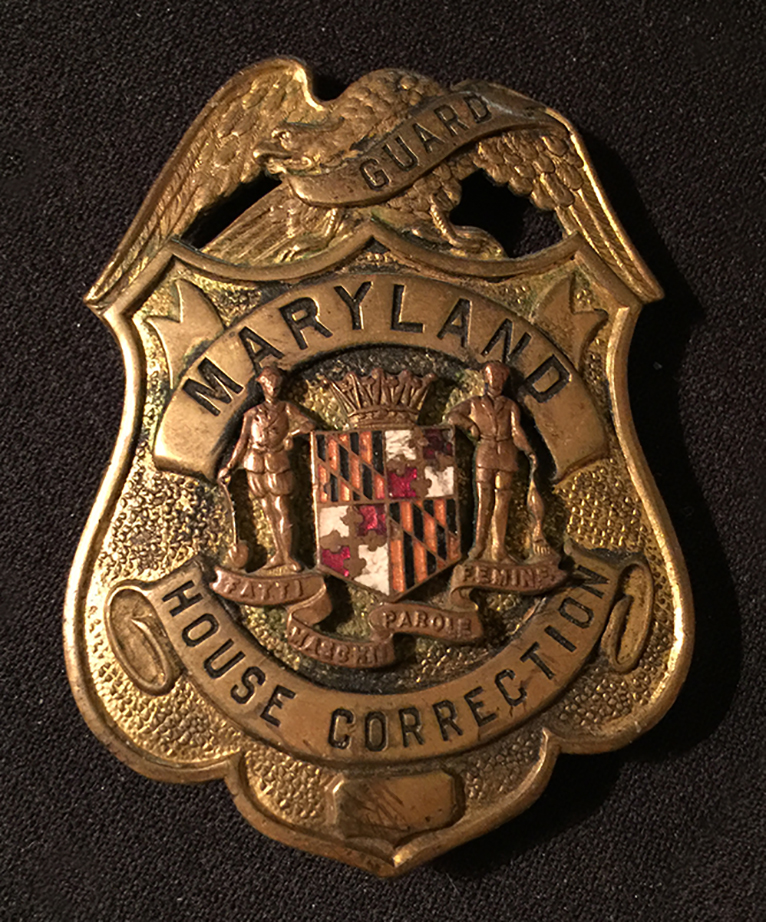
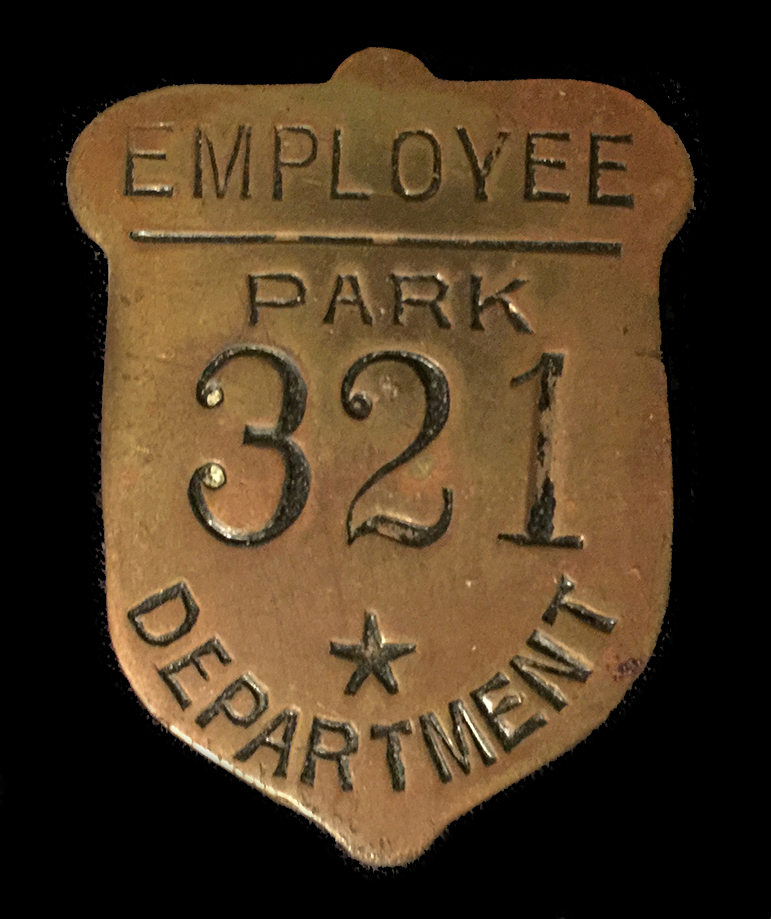
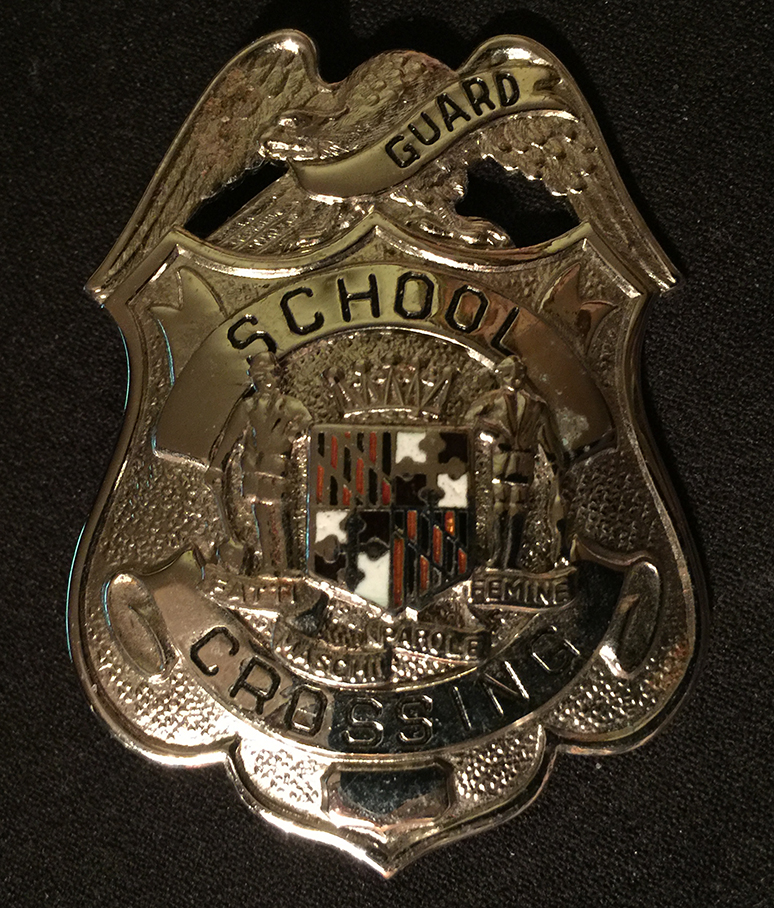
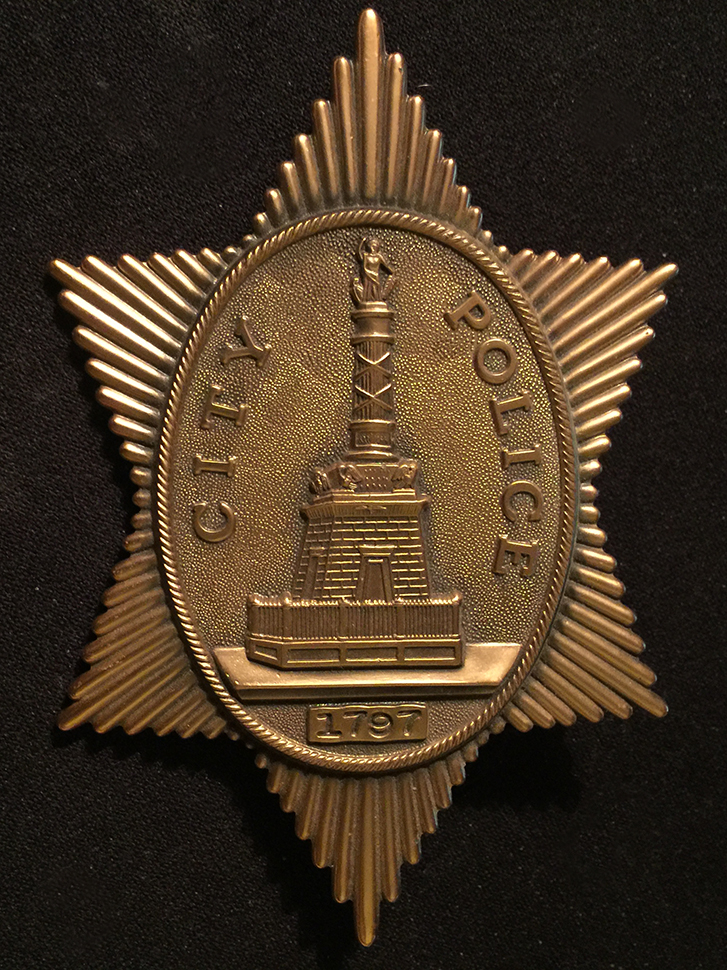
1997 Bicentennial Badge
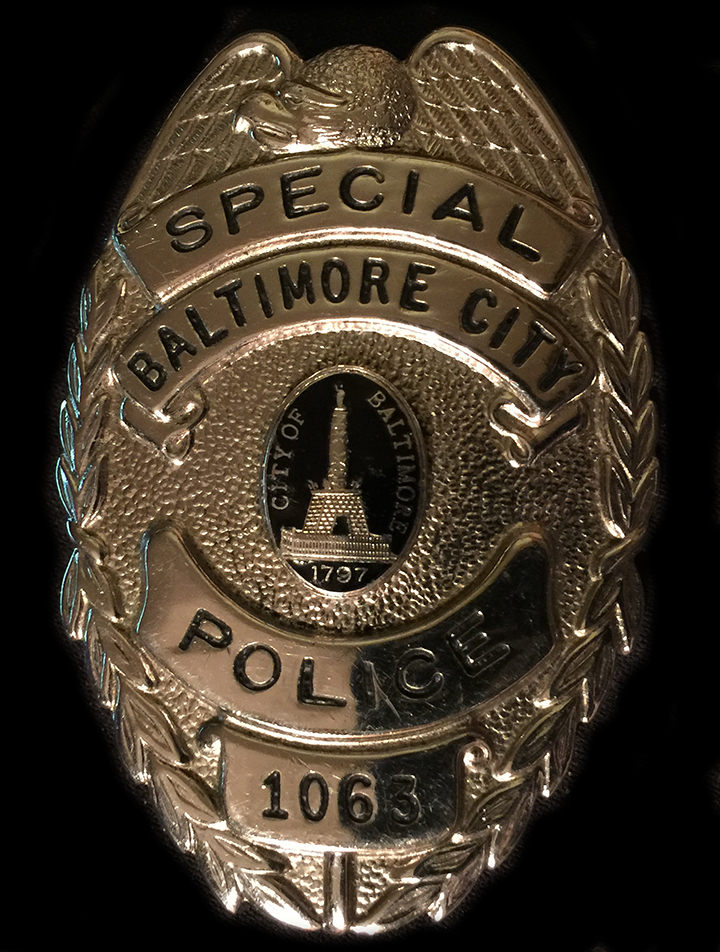
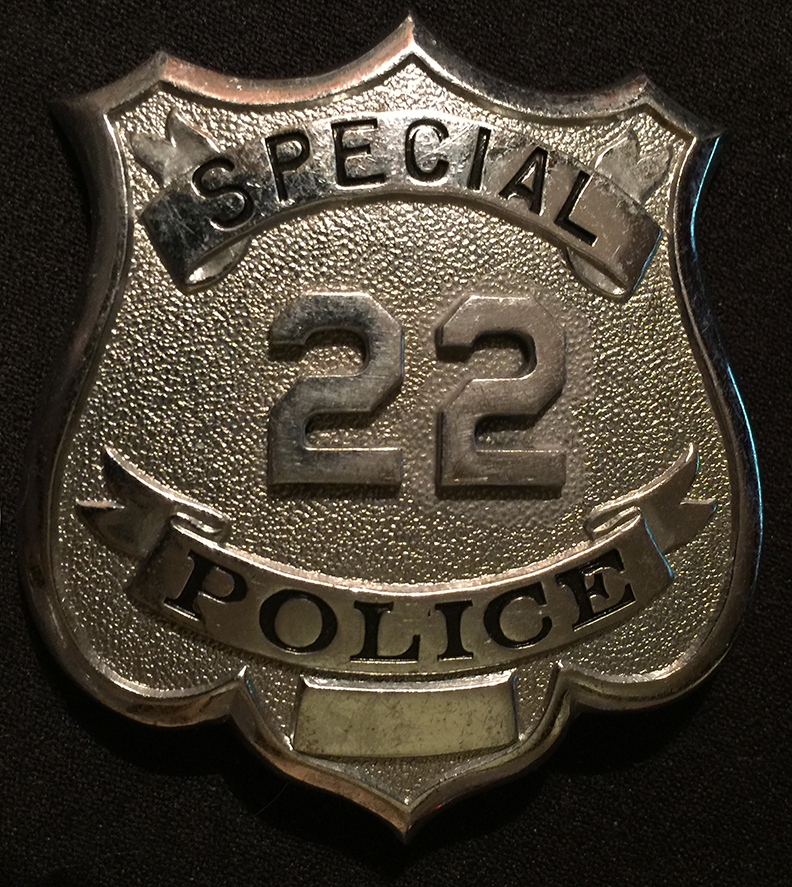
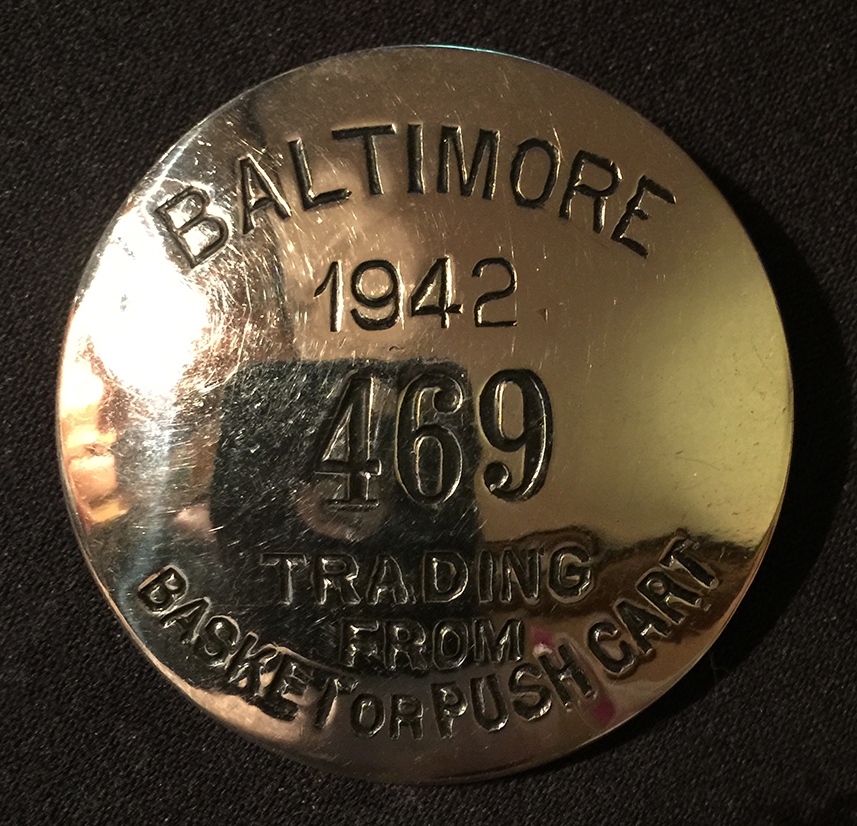
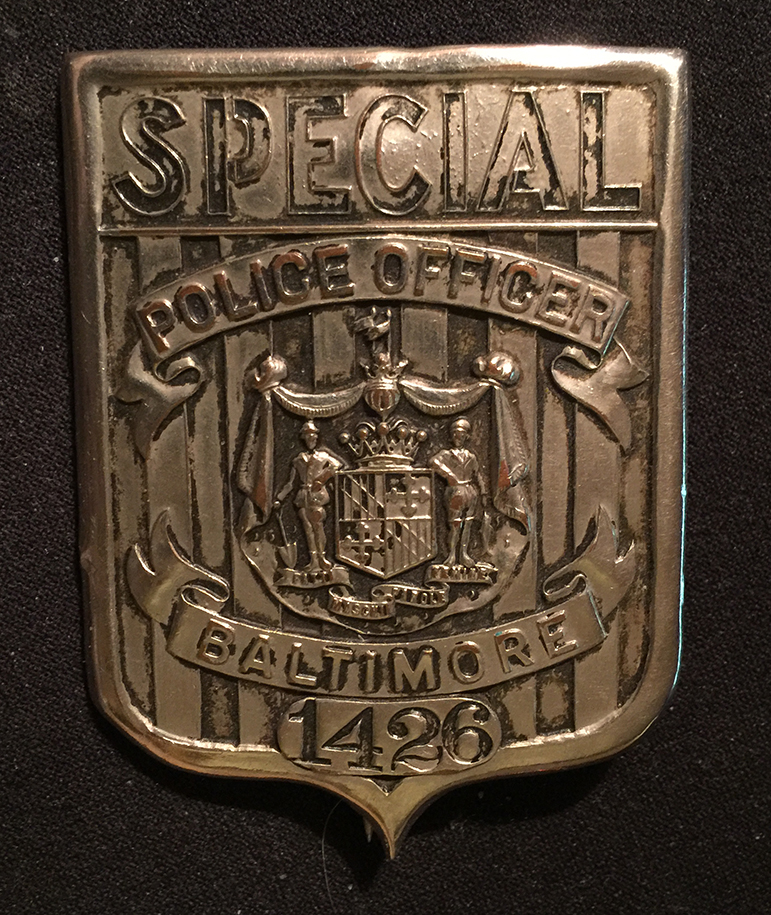
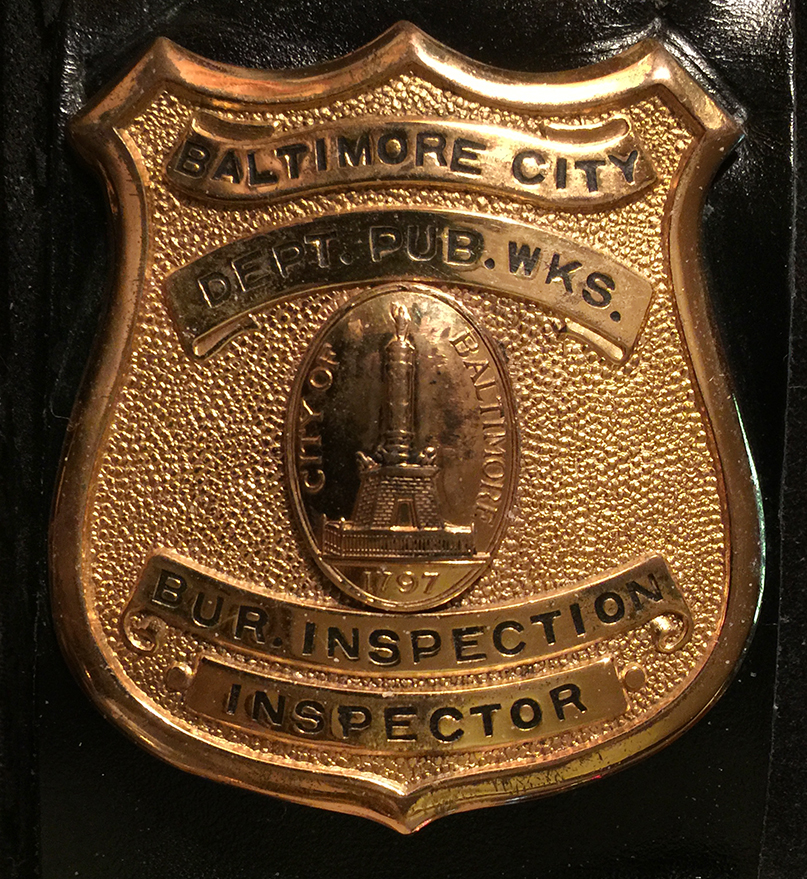
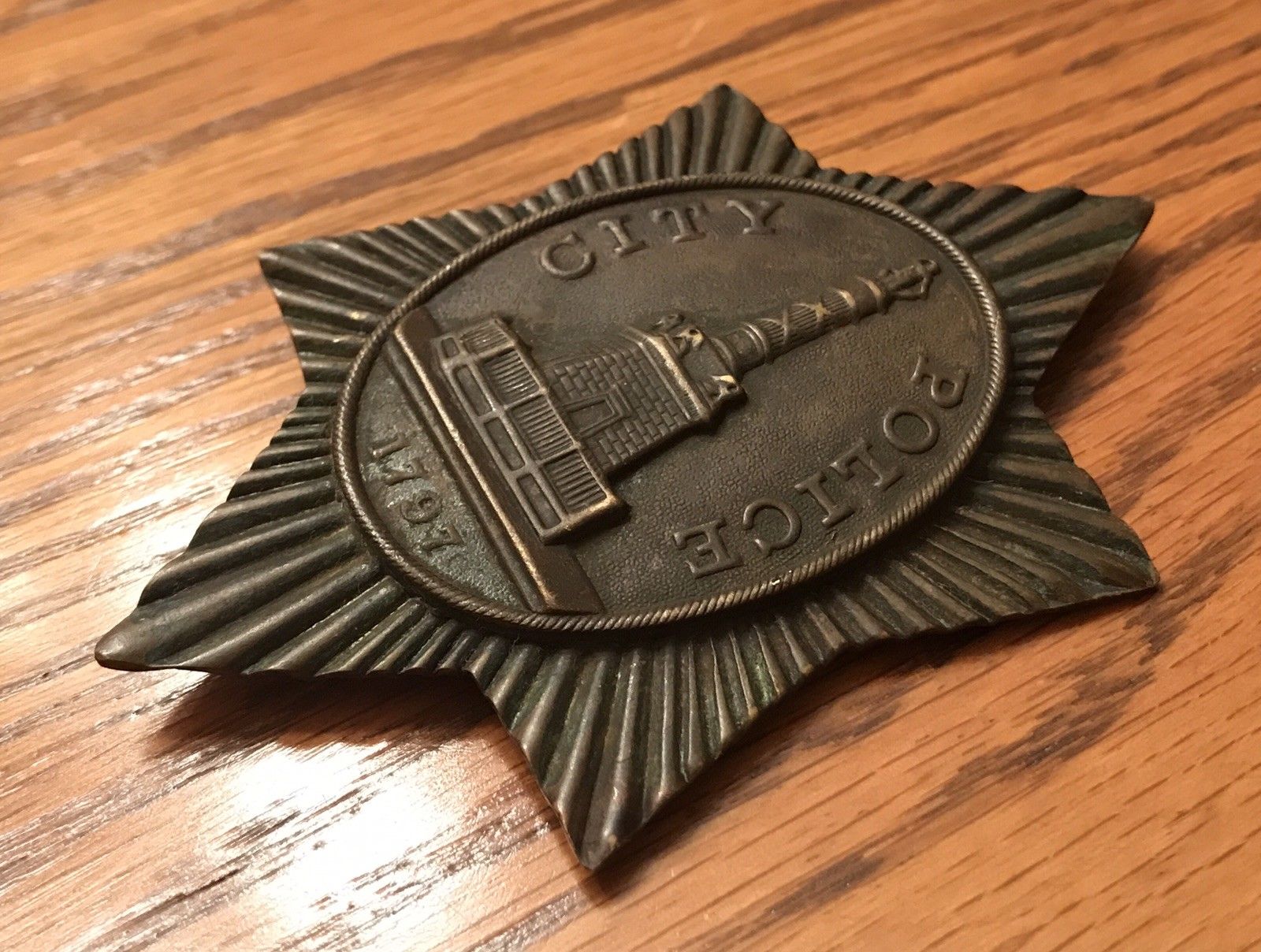 Detective Badge number 38
Detective Badge number 38
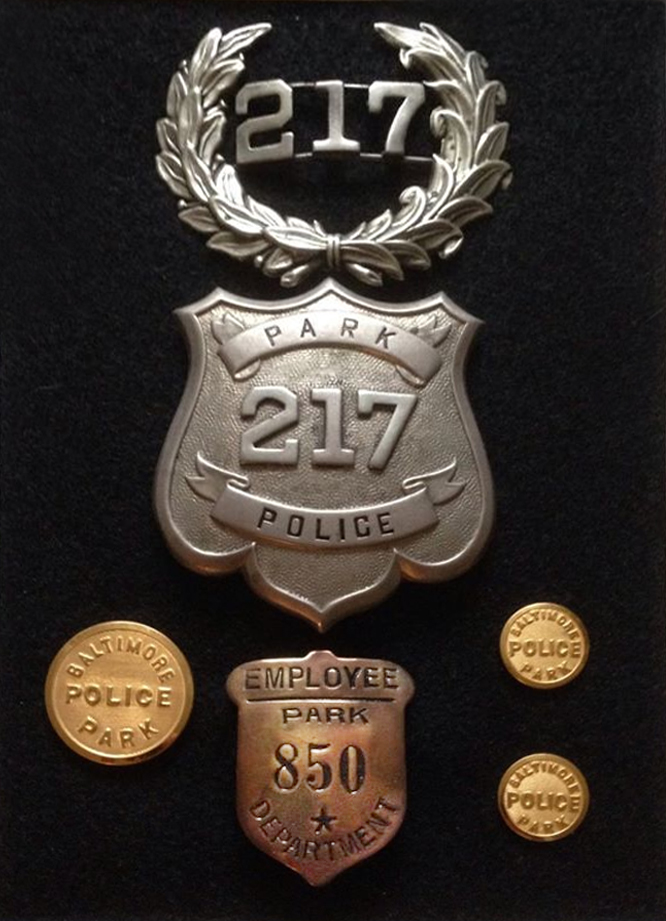 Courtesy Patricia Driscoll
Courtesy Patricia Driscoll
The city’s Park Commission was first granted the right to preserve peace in parkland by the city charter of 1862 the purpose of the power was to police of the new Druid Hill Park, which at the time was wholly beyond the city limits and thus beyond the authority of Baltimore City's Police. The design in the leaves of the hat device would indicate they are from sometime between 1880 and 1896, after these came a more detailed wreath that went from 1896 until 1915. The Badge with the individual soldered number is also from an older time period. That said the Buttons, and Employee Badges are newer sometime between the 1920s until the 1960's - These were purchased by my wife Patty for this collection, and for the public and police to view. It was purchased at a reduced price from Officer Chris Szakolczai
![]()
NOTE
Above it the 4th Issue badge if you look at the badge you'll see in badge #1 the fisherman's side you'll see he is leaning cleanly against the escutcheon, where in the #2 badge the fisherman appears to be leaning on some sort of box or added ledge This dates the badge, any badge that falls into the group looking like badge #1 was made between 1890 and 1936. - Badge number falls between 1936 and 1976, when they came out with the 5th Issue badge. The ledge was made in 1936 after the mold cracked, and the ledge was added when they made repairs to the mold
Badges made from 1890-1936 and 1936-1940's. The 1890's have a difference in the die, after 1936, there was die change which is quite minute. On the first die, Badge #1 the figure on the right (The Fisherman) of the coat of arms has his elbow resting cleanly on the top corner point of the escutcheon, whereas on the second die Badge #2, everything is the same with the exception of the fisherman's elbow which appears to be leaning on some sort of box, or added ledge below supporting his arm. That ledge/box was added due to a die or mold break/fracture that occurred in 1936. Also on the upper ranking badges, Sgt on up there was an eagle atop the badge, with a ribbon in his bill that revealed his rank. From 1890-1940's, that eagle was applied separately, after the 1840's the badges have a flatter less detailed eagle.
*Information provided by Police memorabilia collector Steven Rosenstock
![]()
POLICE INFORMATION
Copies of: Your Baltimore Police Department Class Photo, Pictures of our Officers, Vehicles, Equipment, Newspaper Articles relating to our department and or officers, Old Departmental Newsletters, Lookouts, Wanted Posters, and or Brochures. Information on Deceased Officers and anything that may help Preserve the History and Proud Traditions of this agency. Please contact Retired Detective Kenny Driscoll.

NOTICE
How to Dispose of Old Police Items
Please contact Det. Ret. Kenny Driscoll if you have any pictures of you or your family members and wish them remembered here on this tribute site to Honor the fine men and women who have served with Honor and Distinction at the Baltimore Police Department.
Anyone with information, photographs, memorabilia, or other "Baltimore City Police" items can contact Ret. Det. Kenny Driscoll at
Copyright © 2002 Baltimore City Police History - Ret Det Kenny Driscoll

